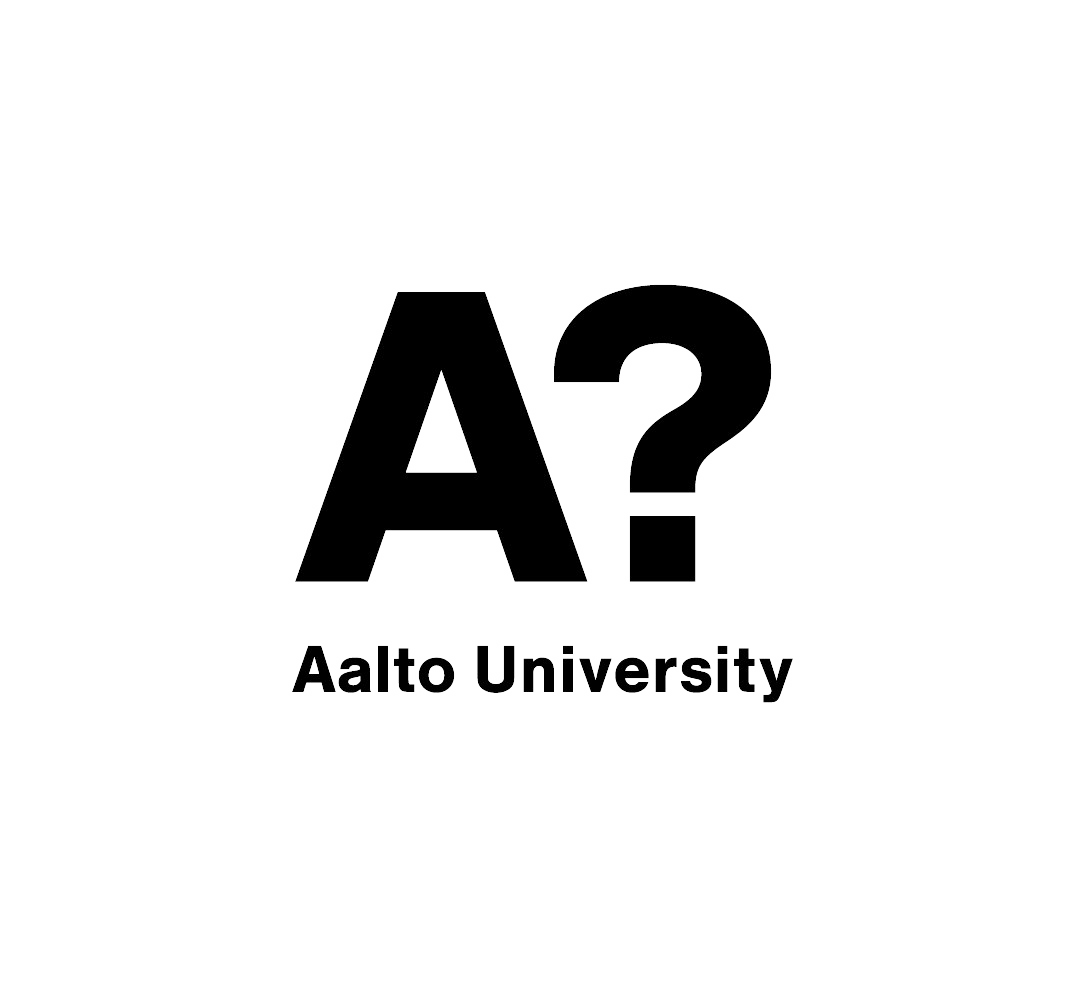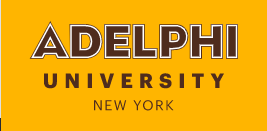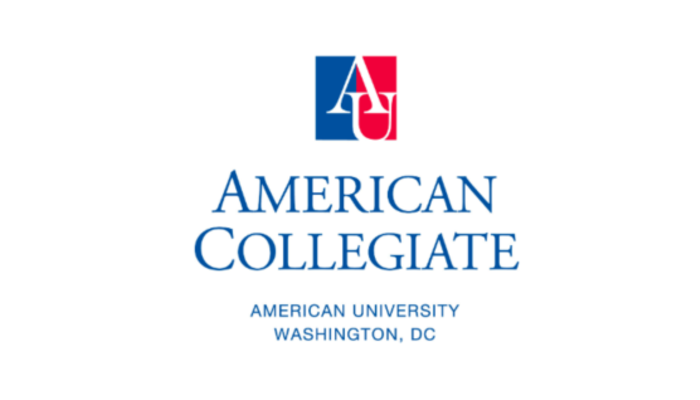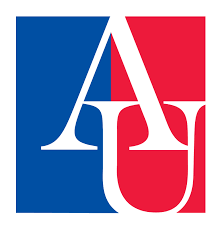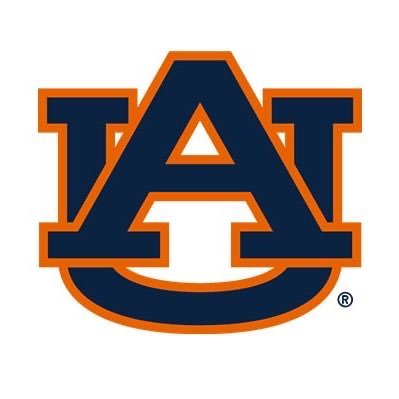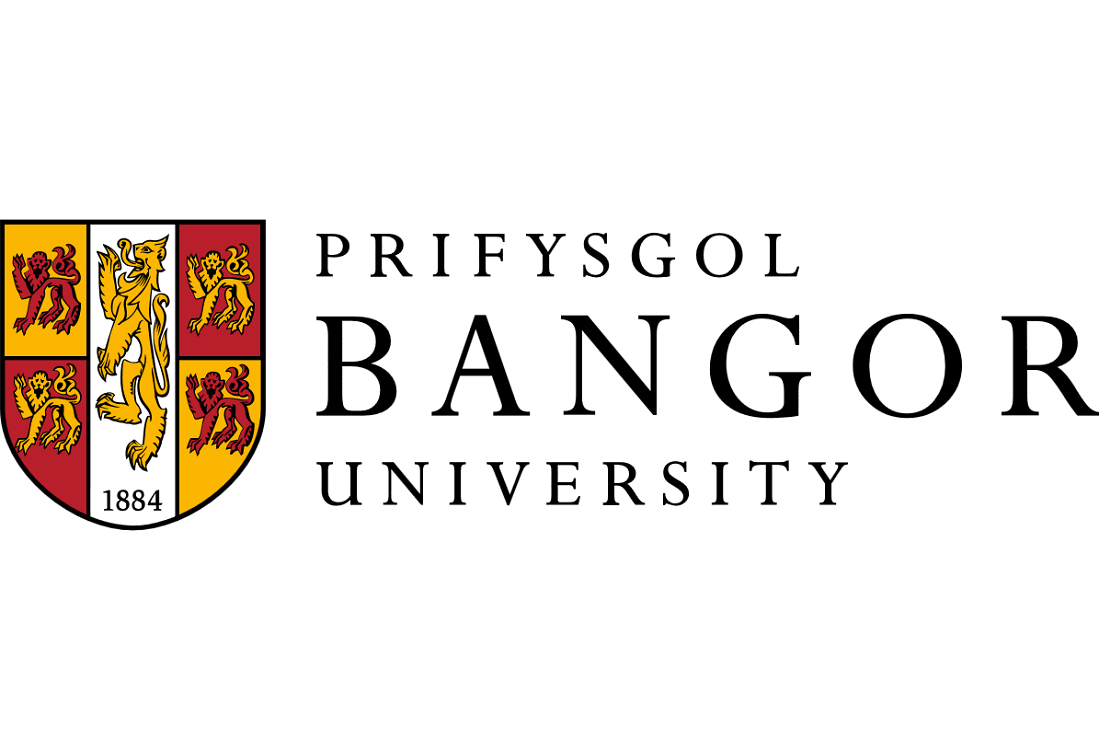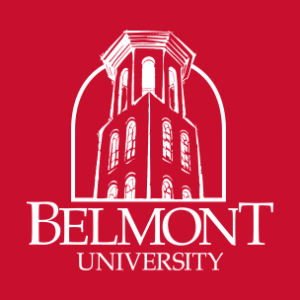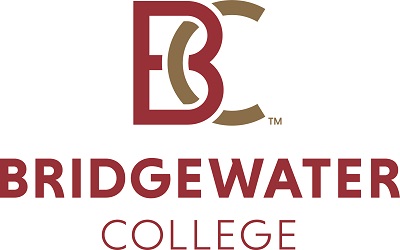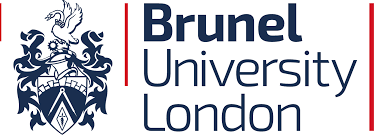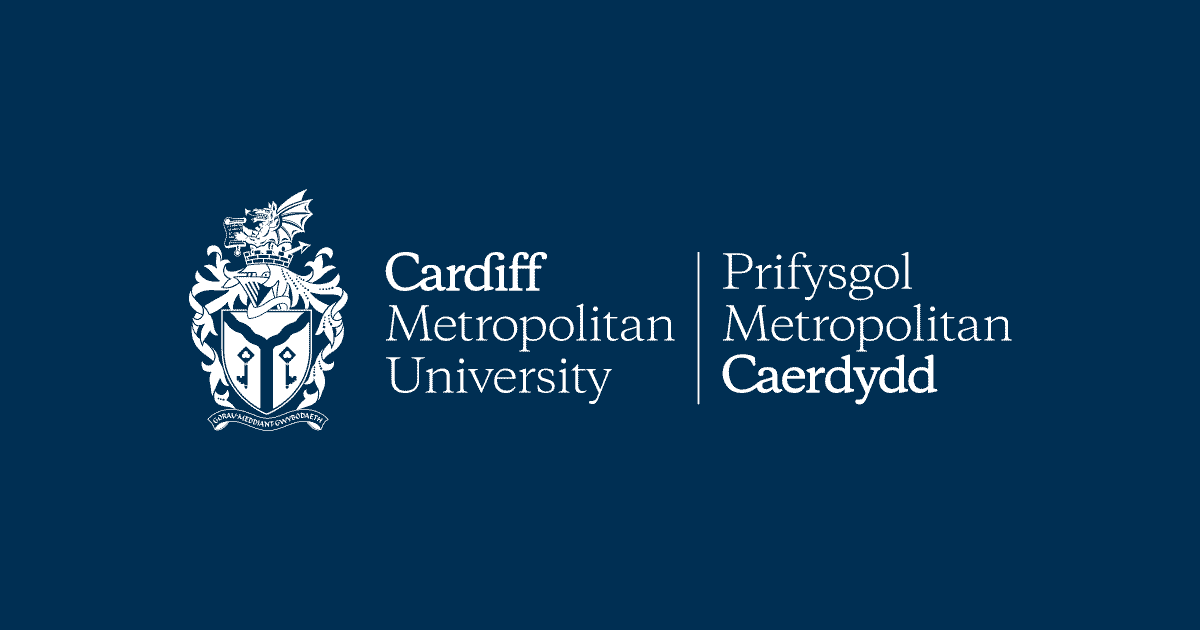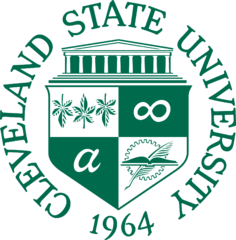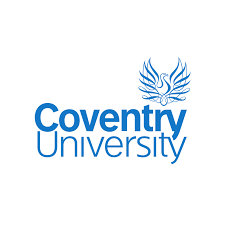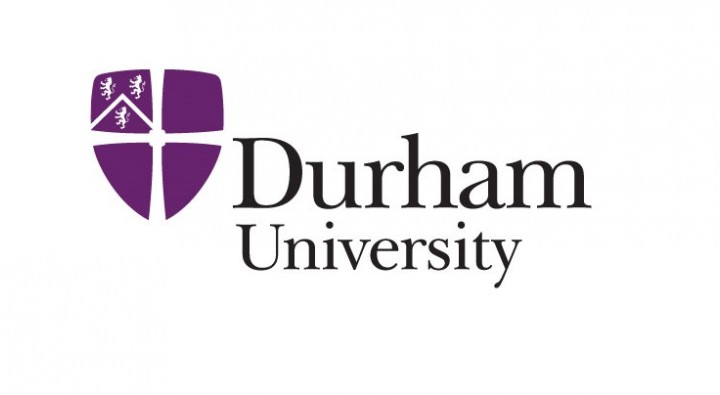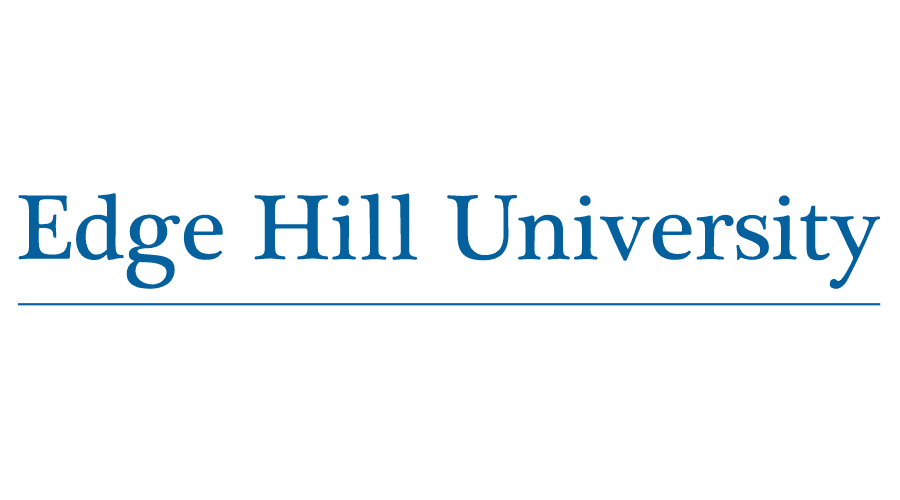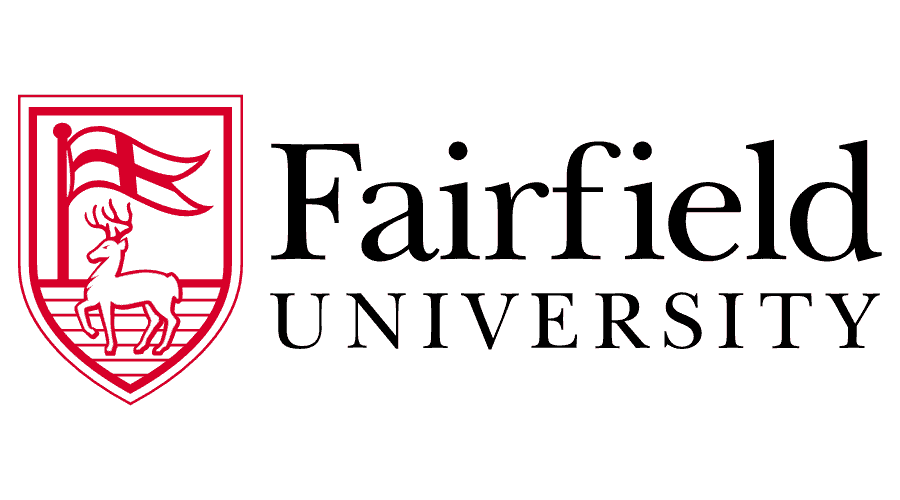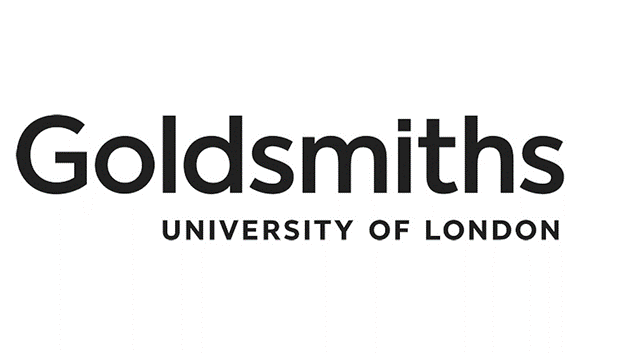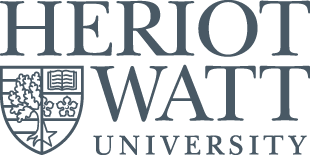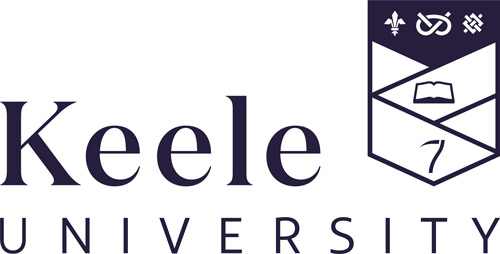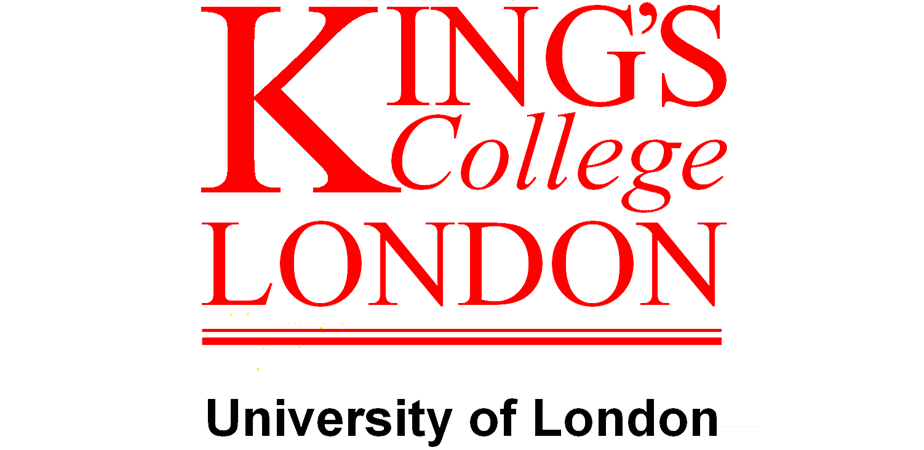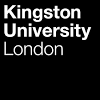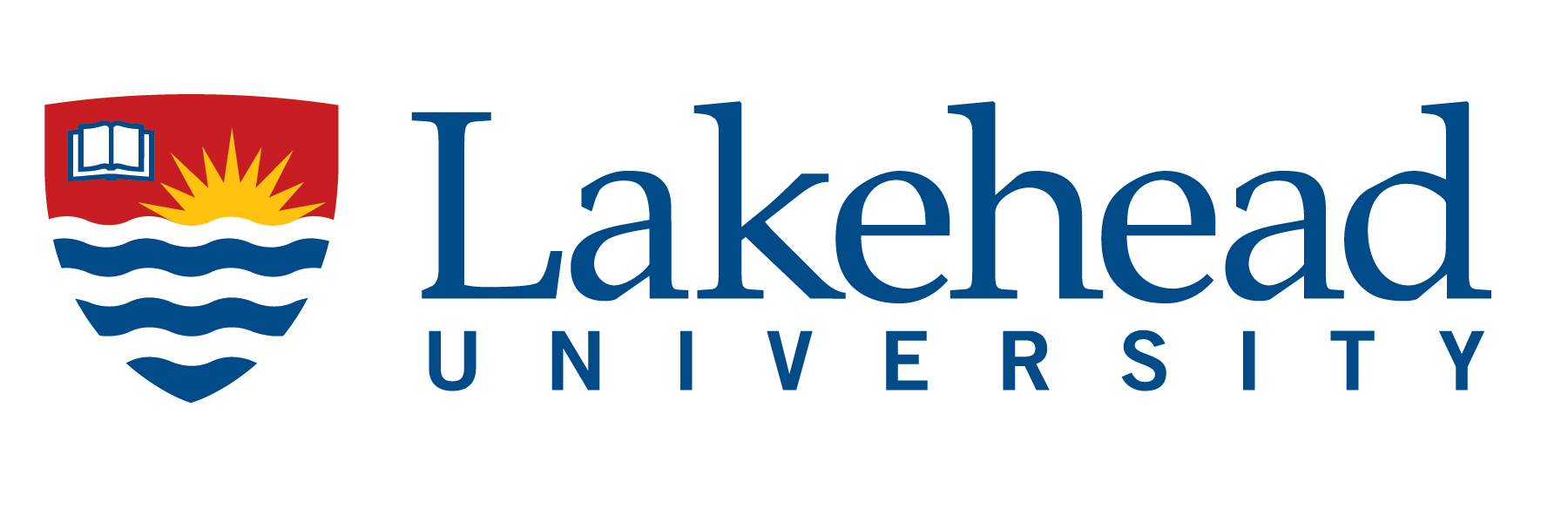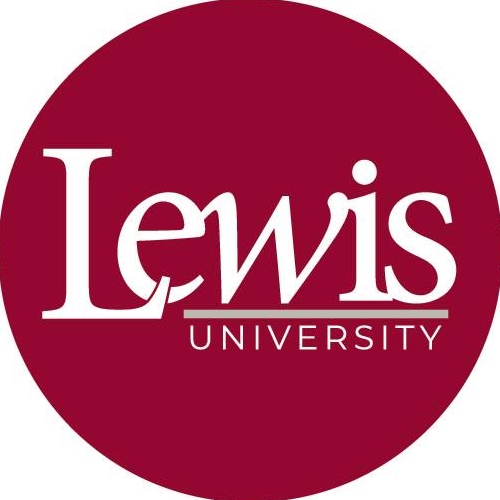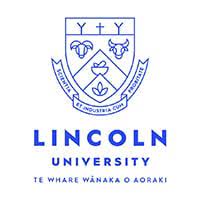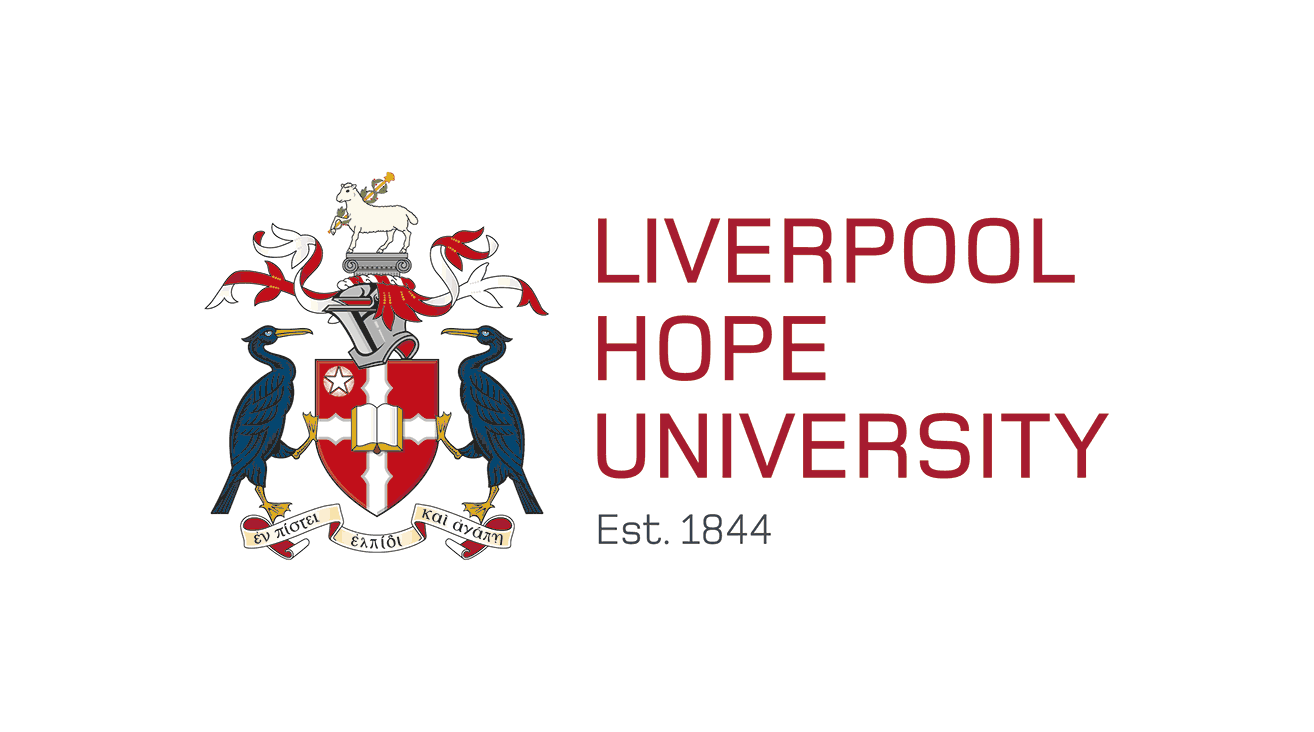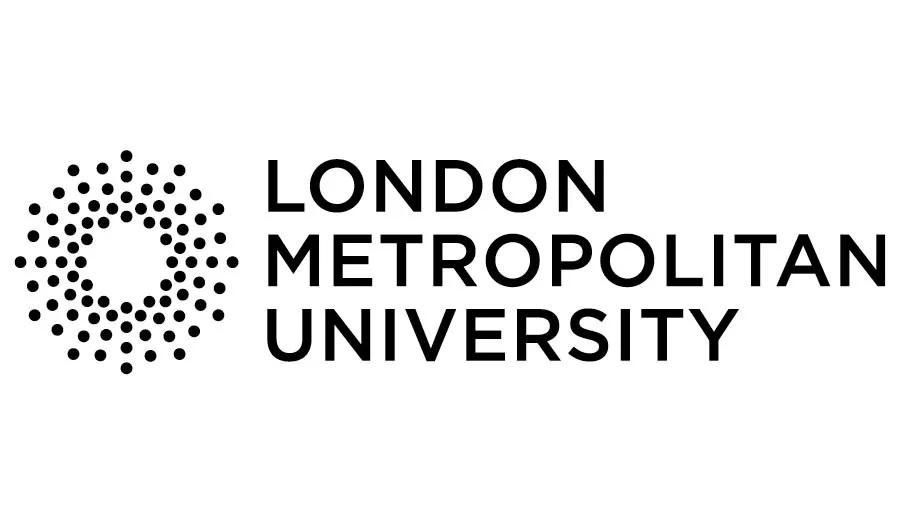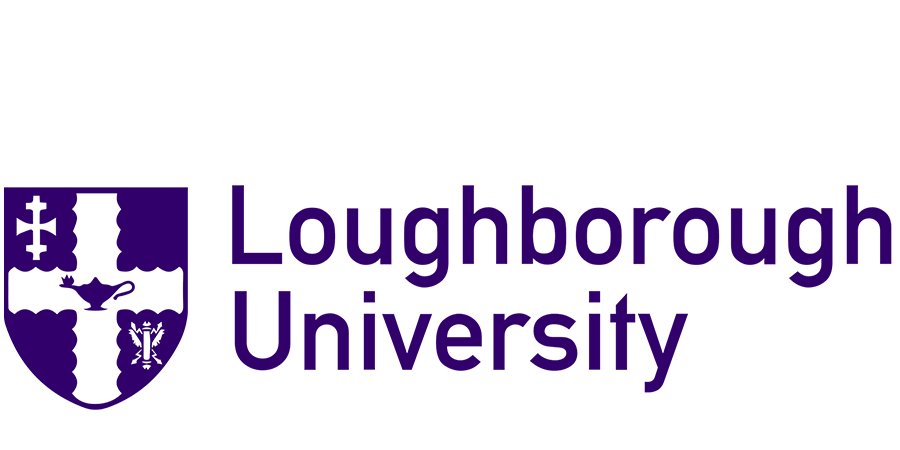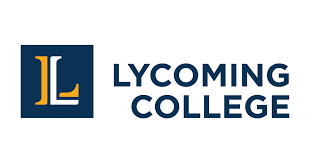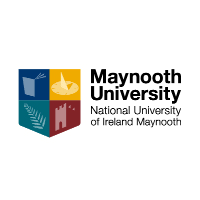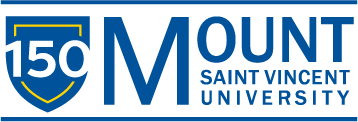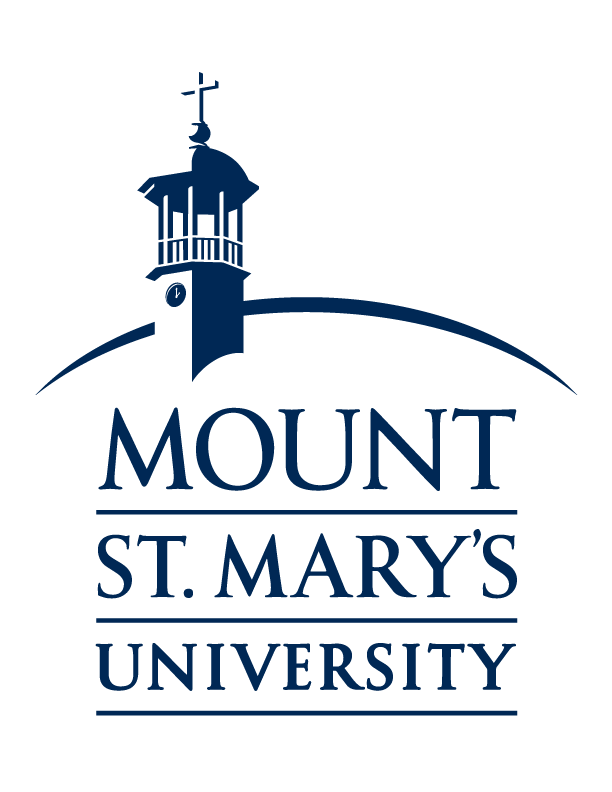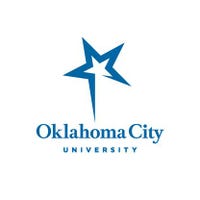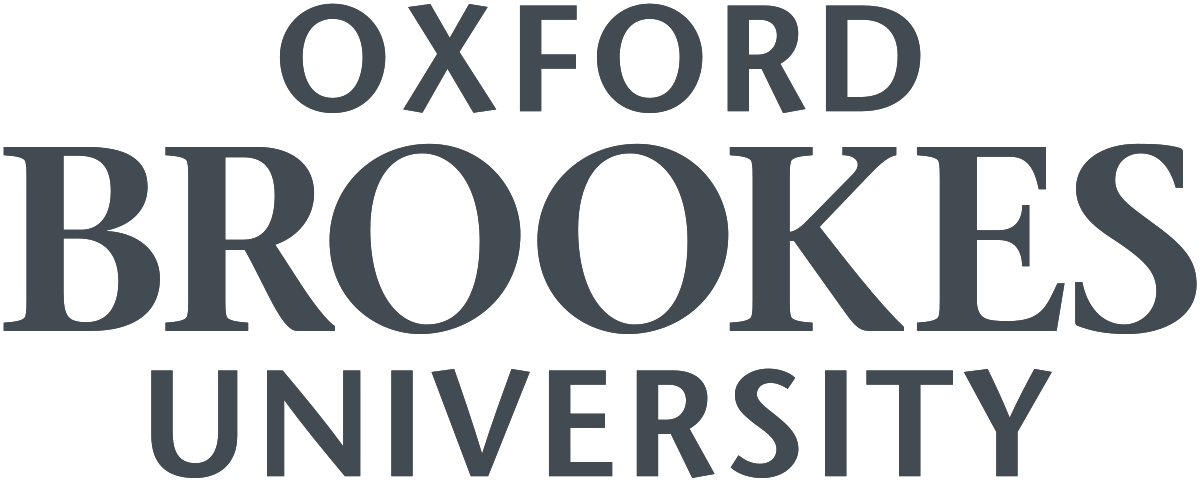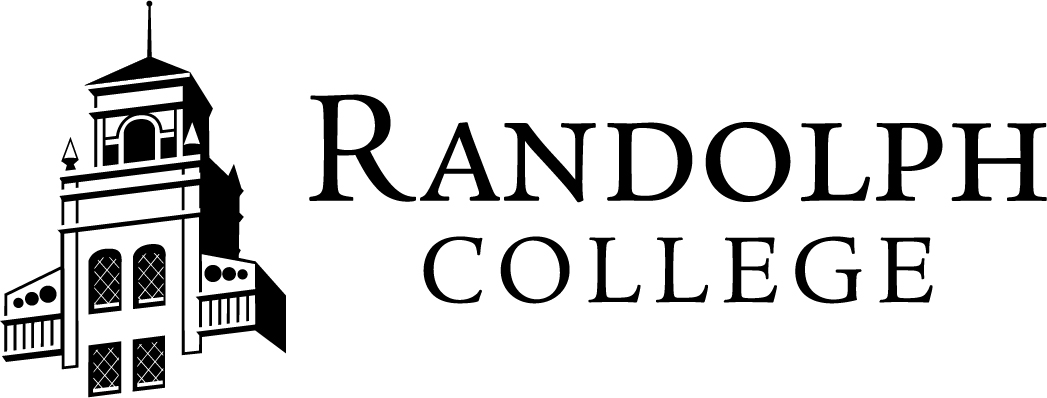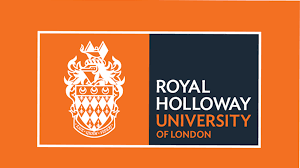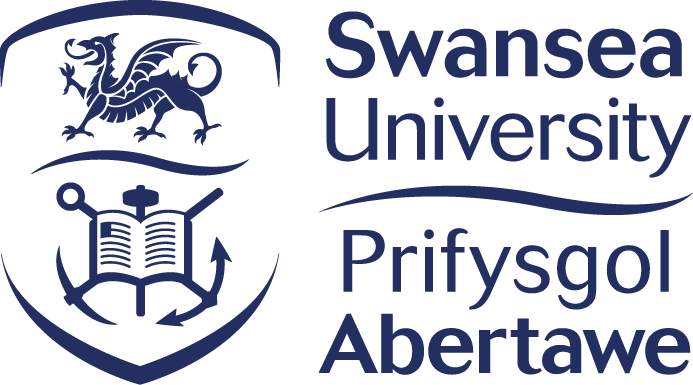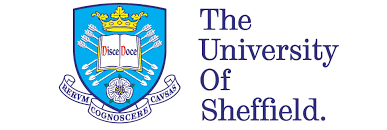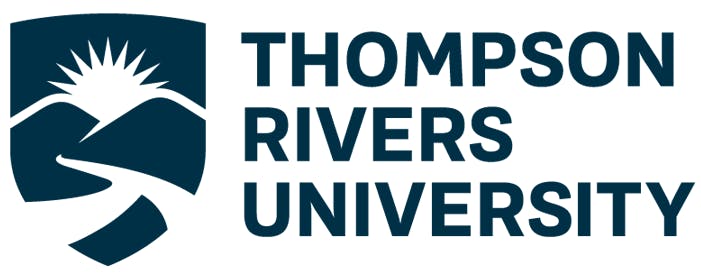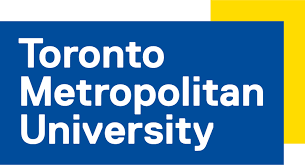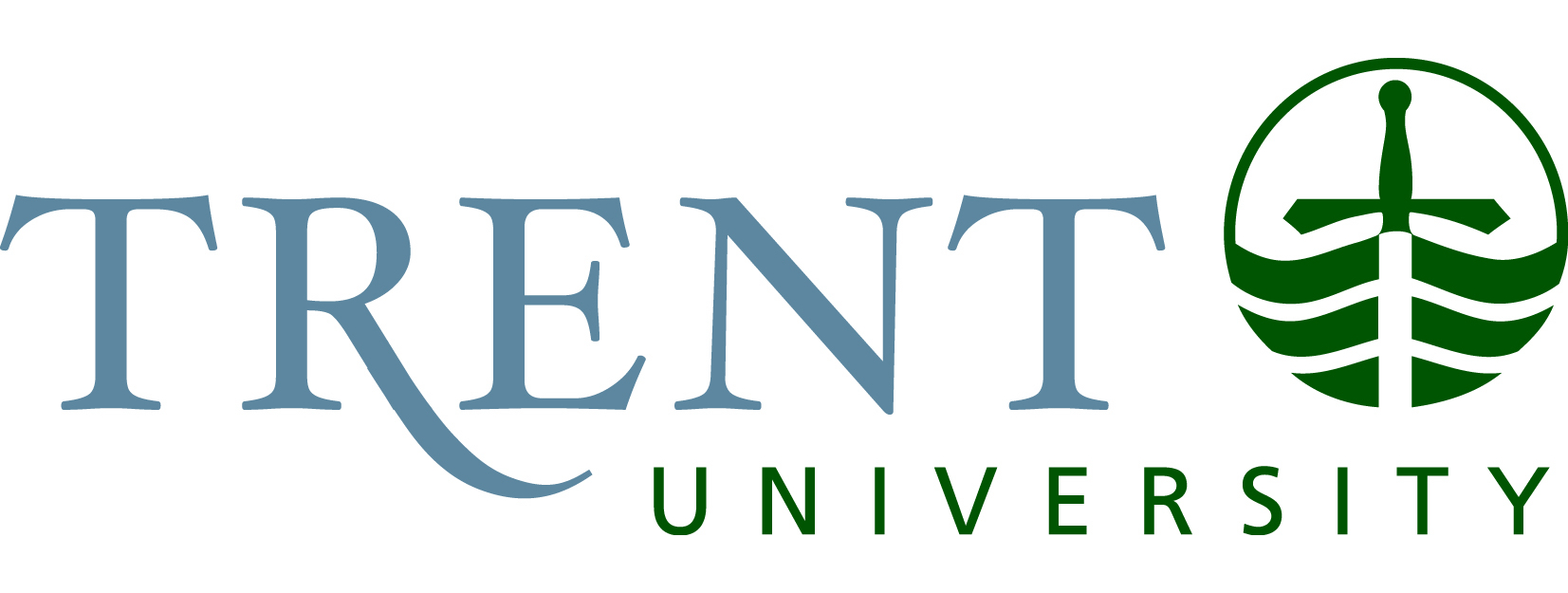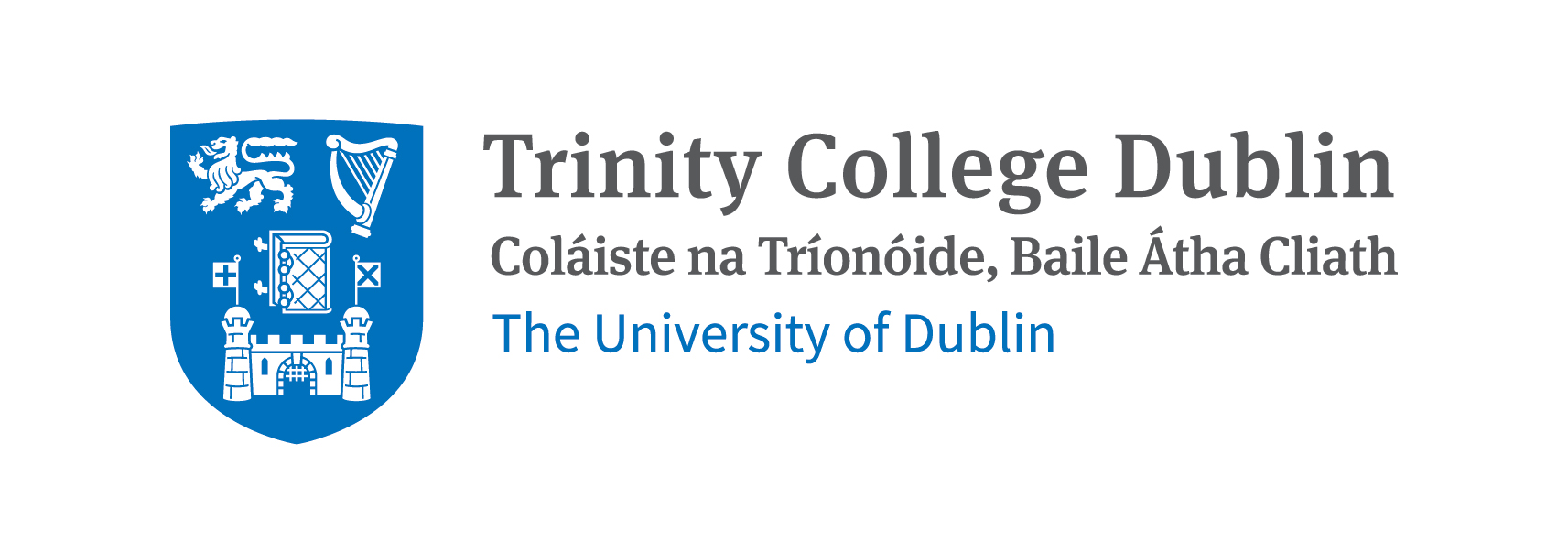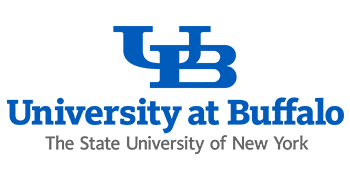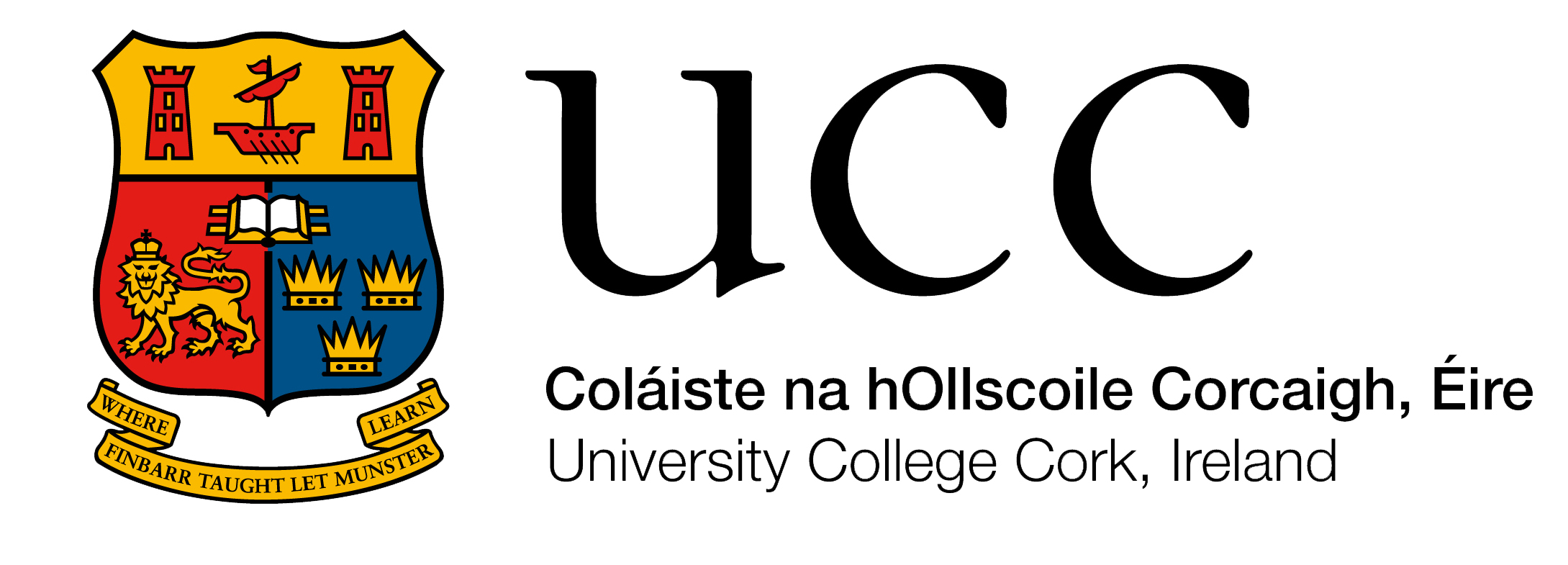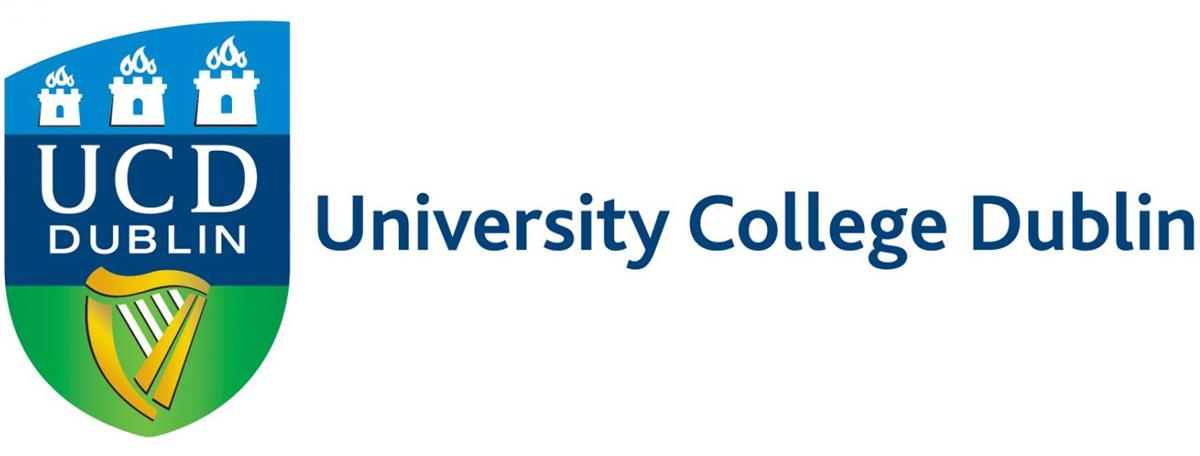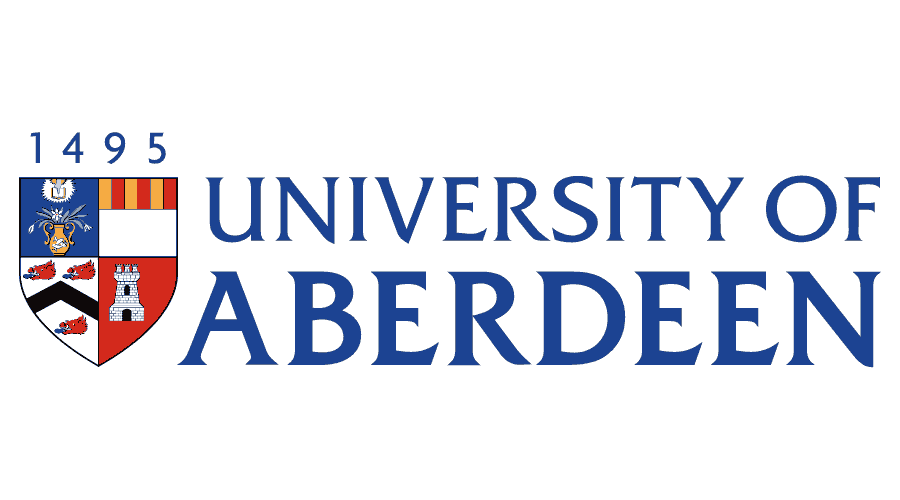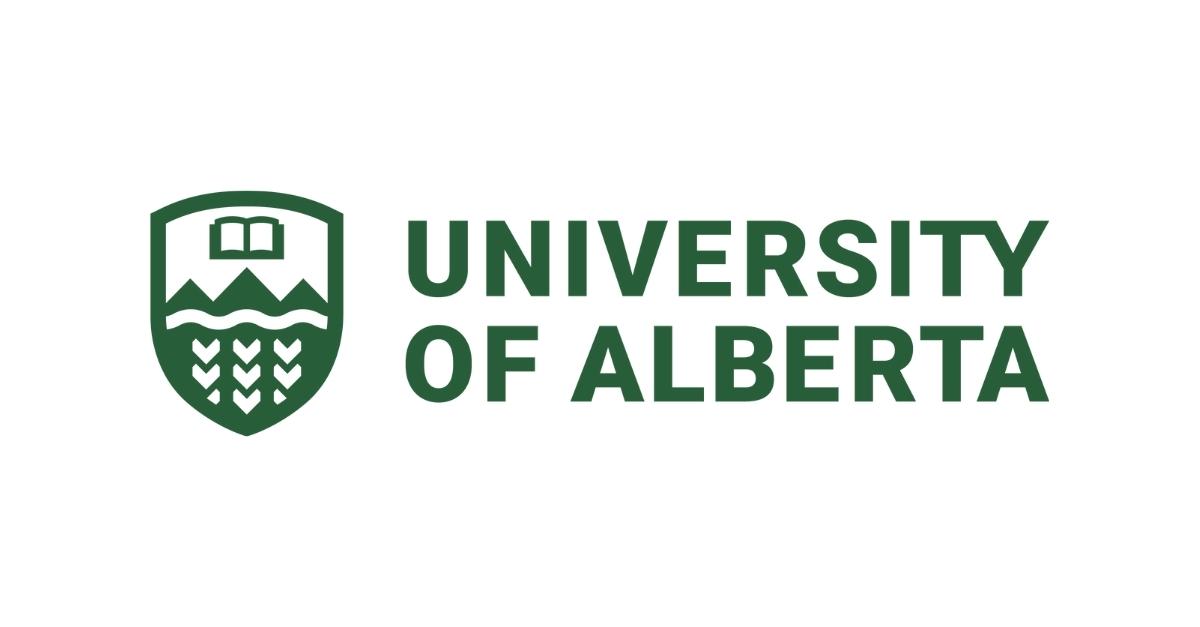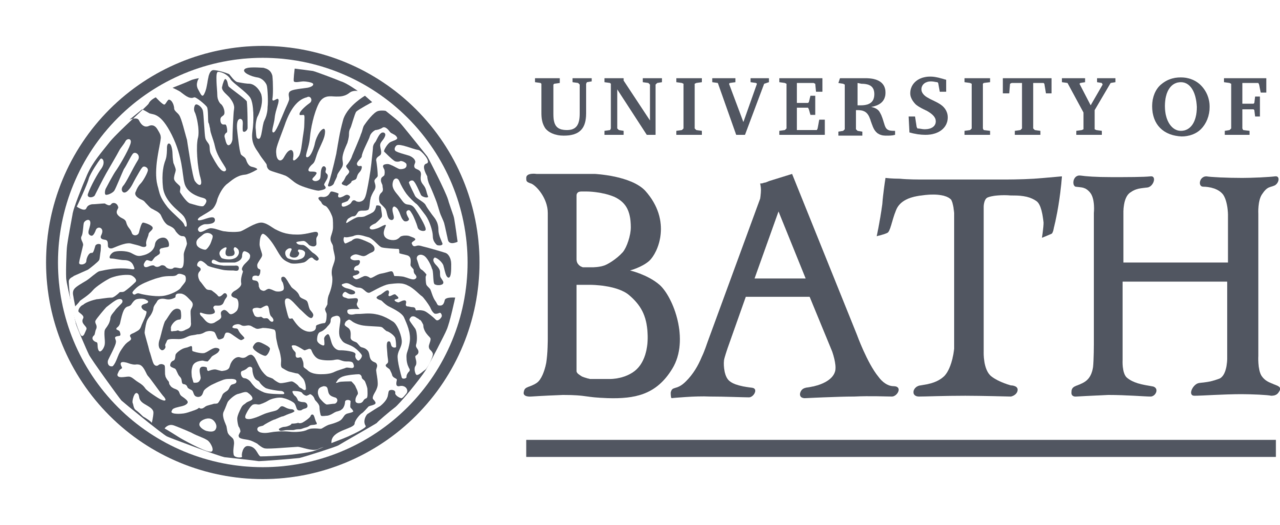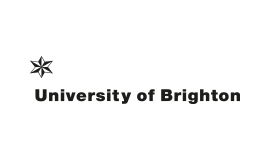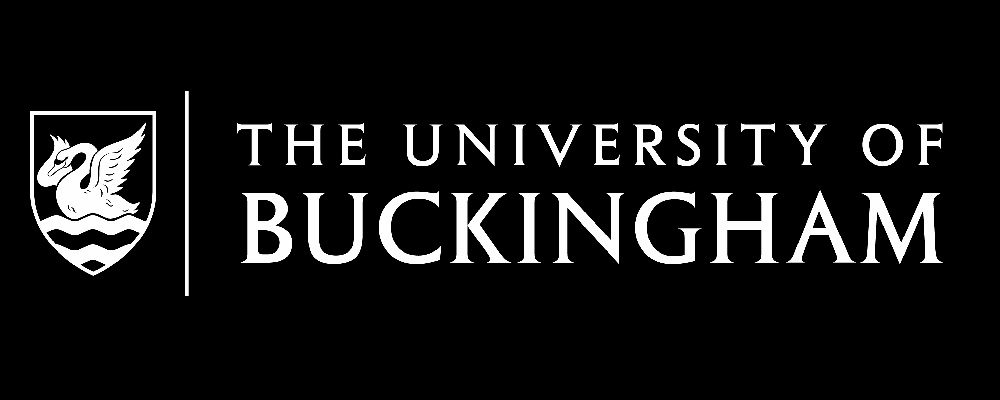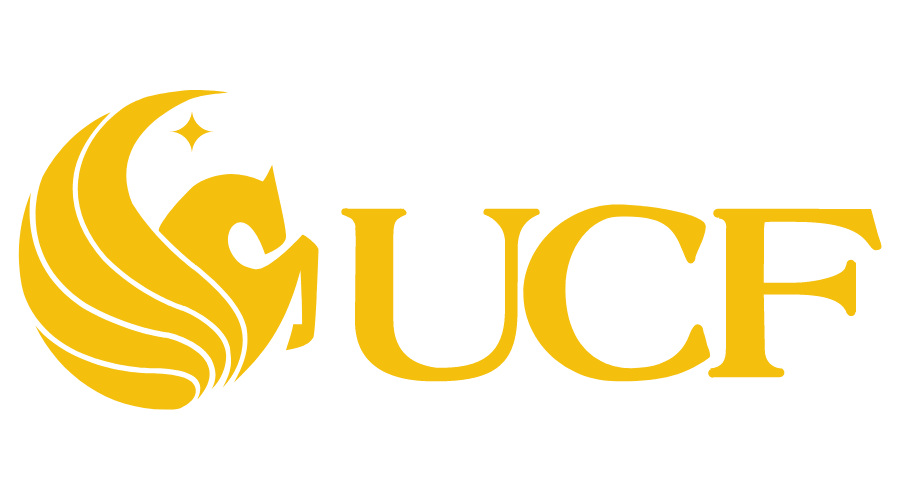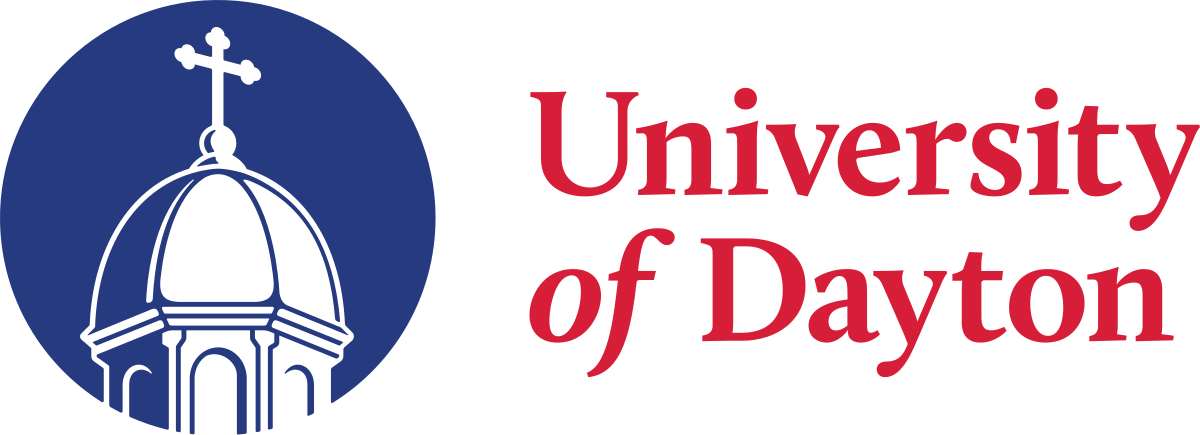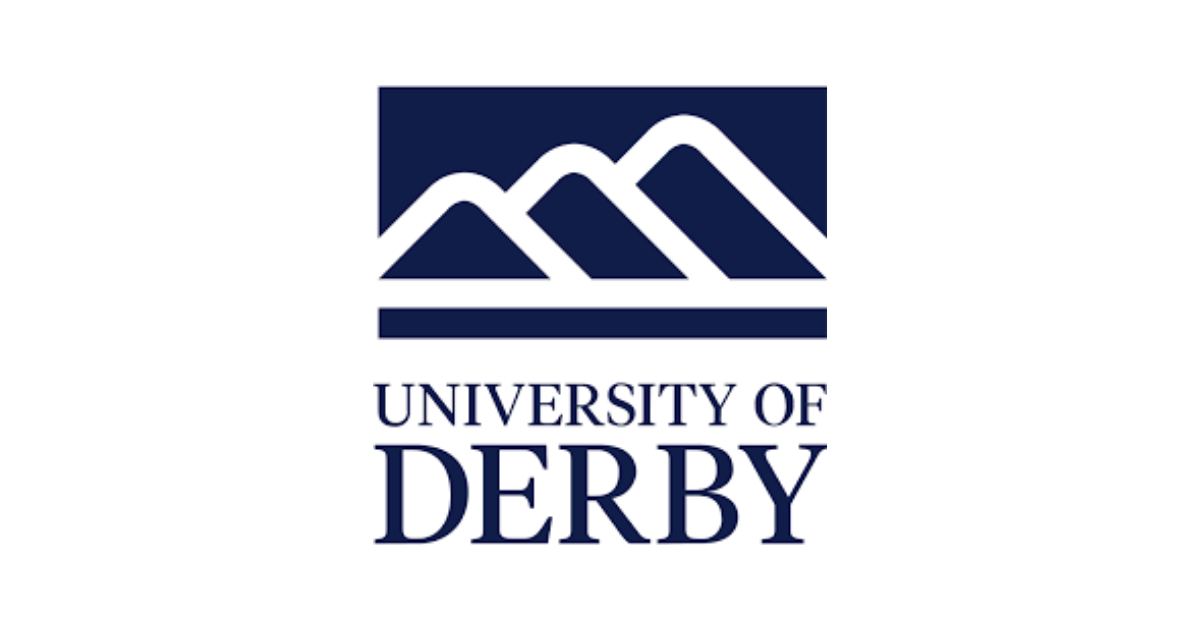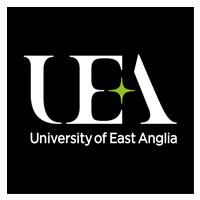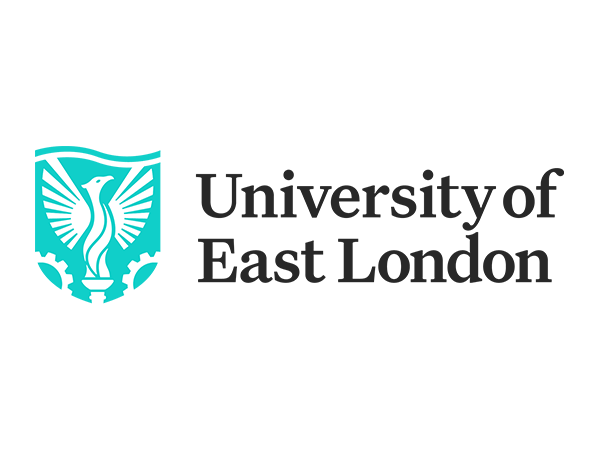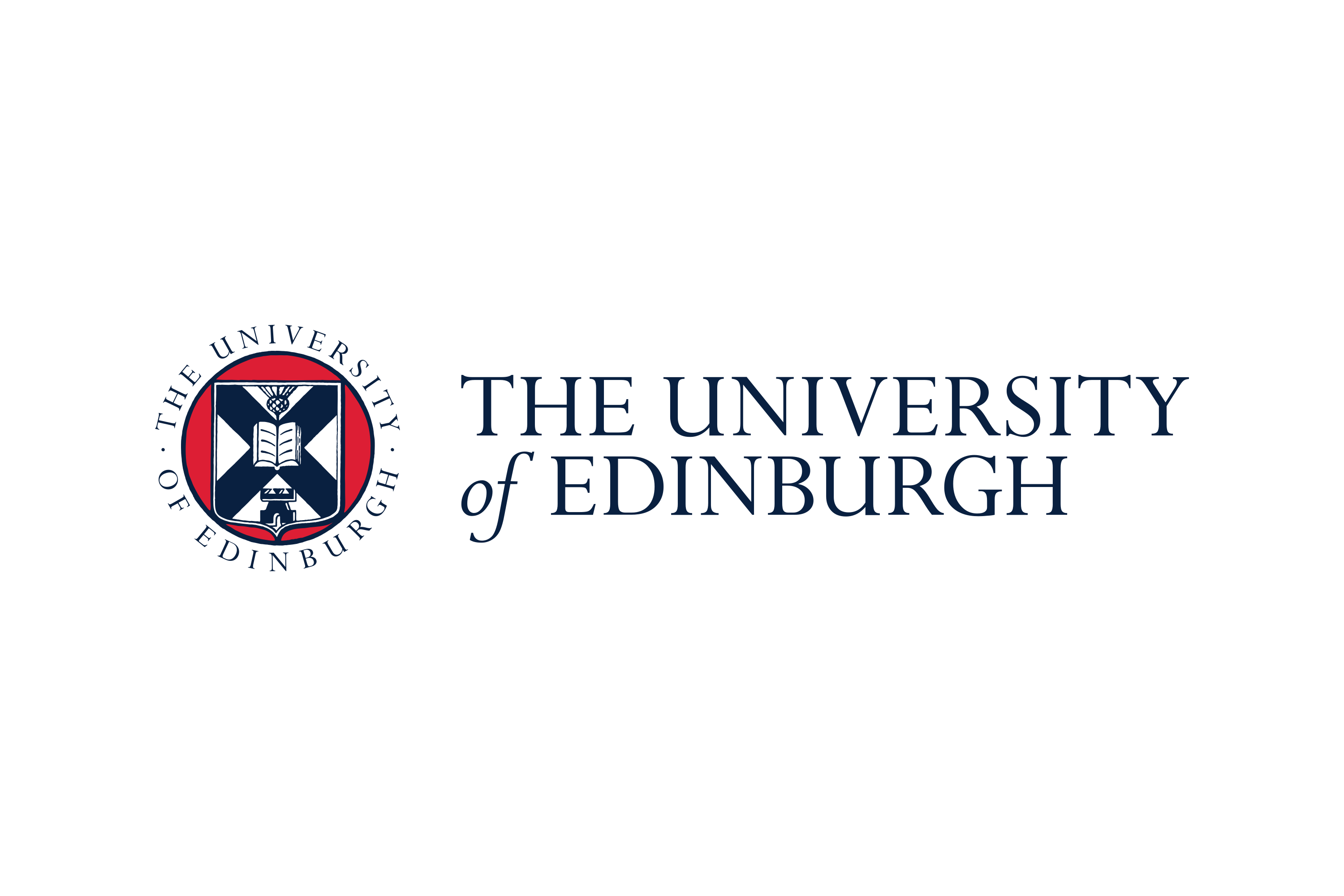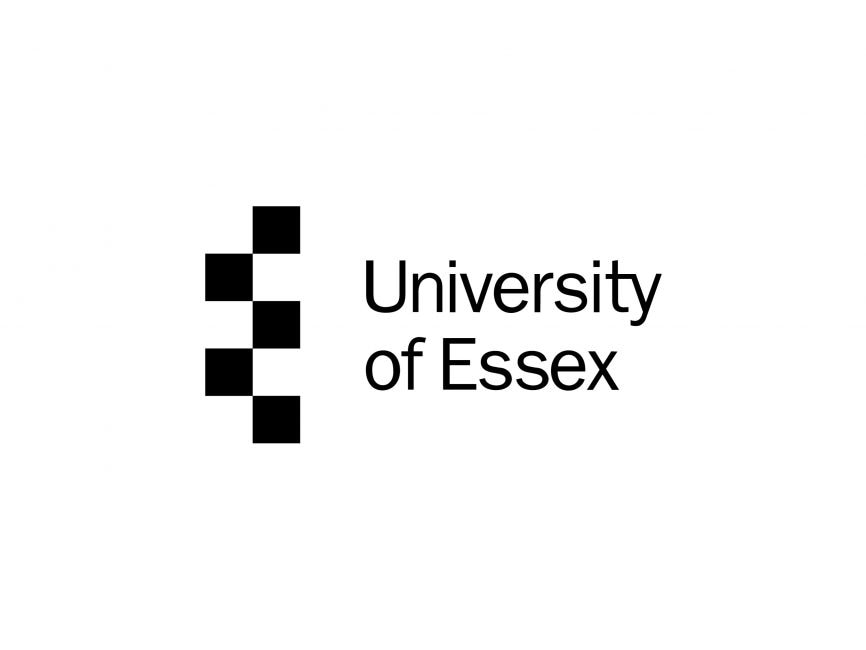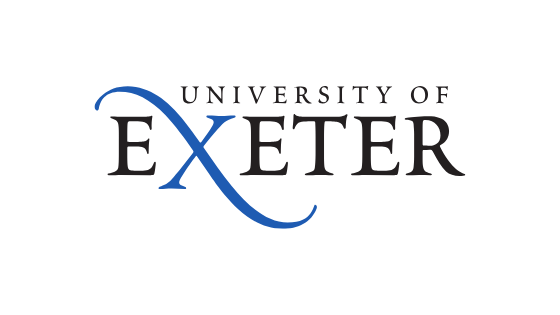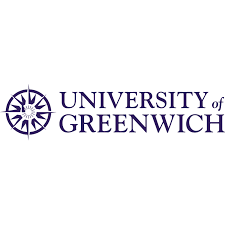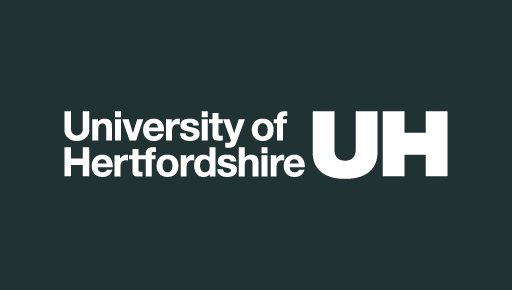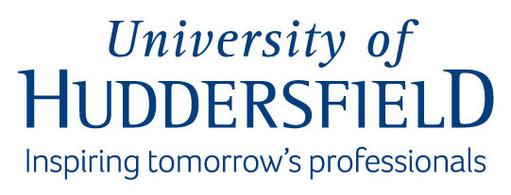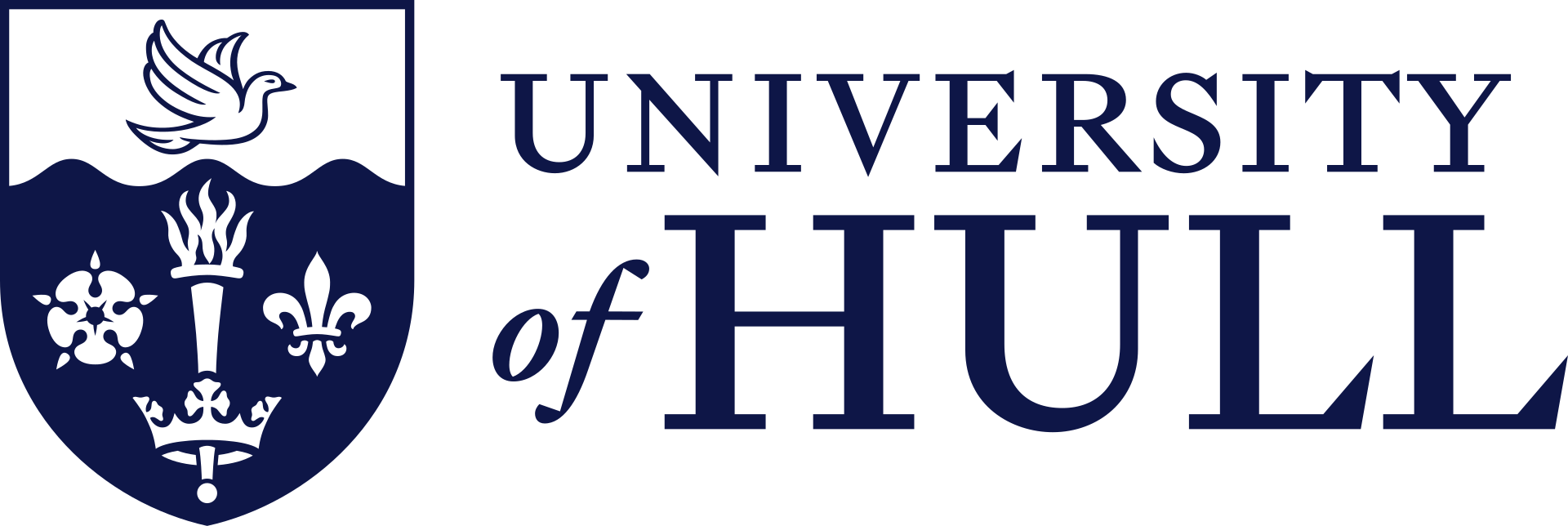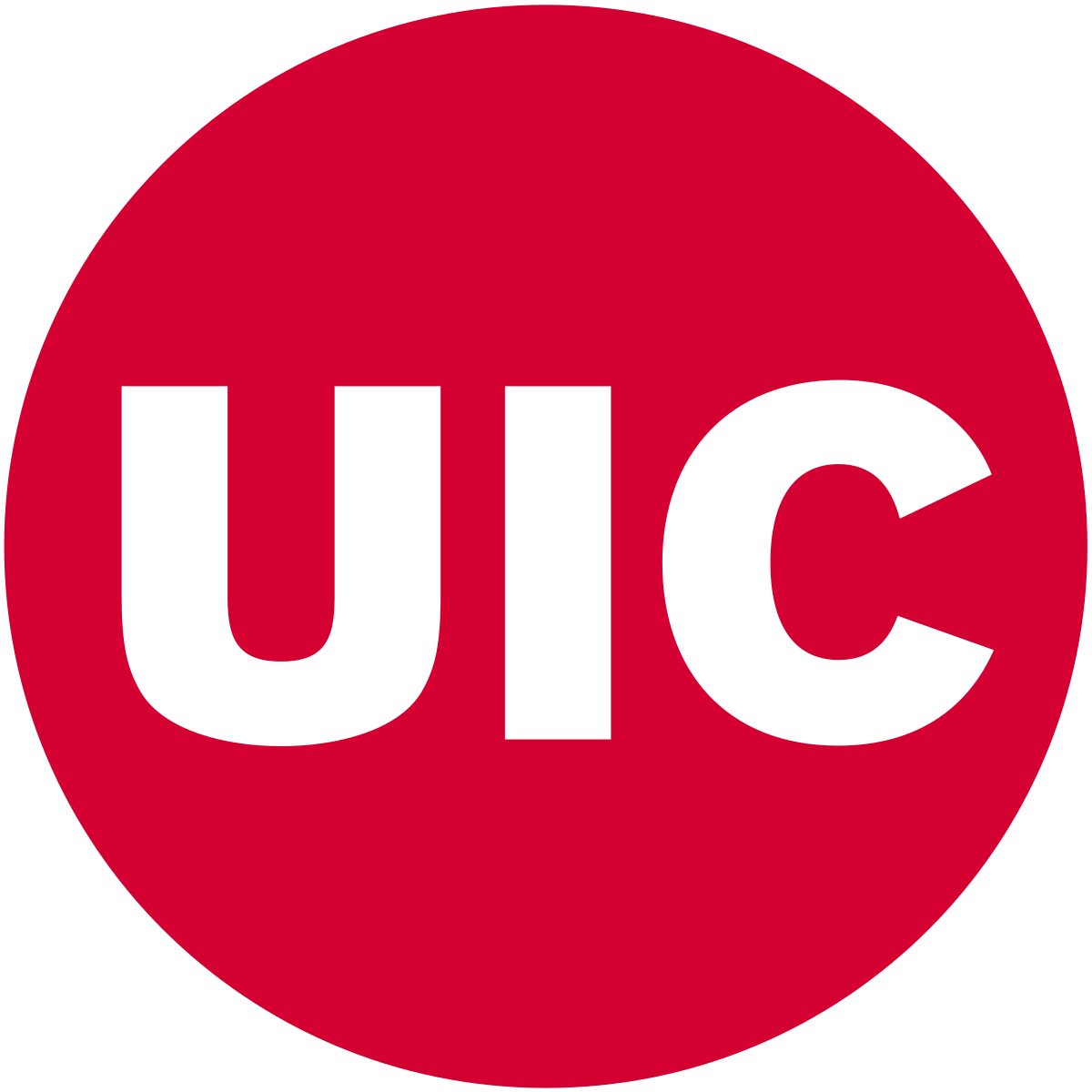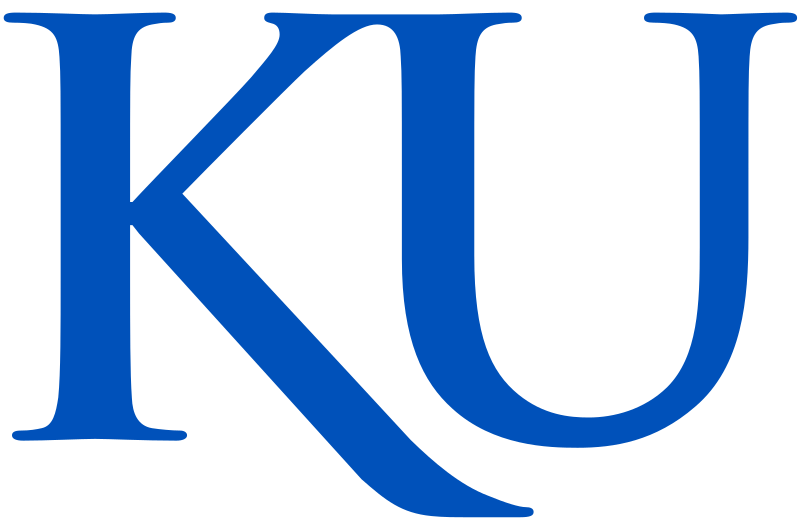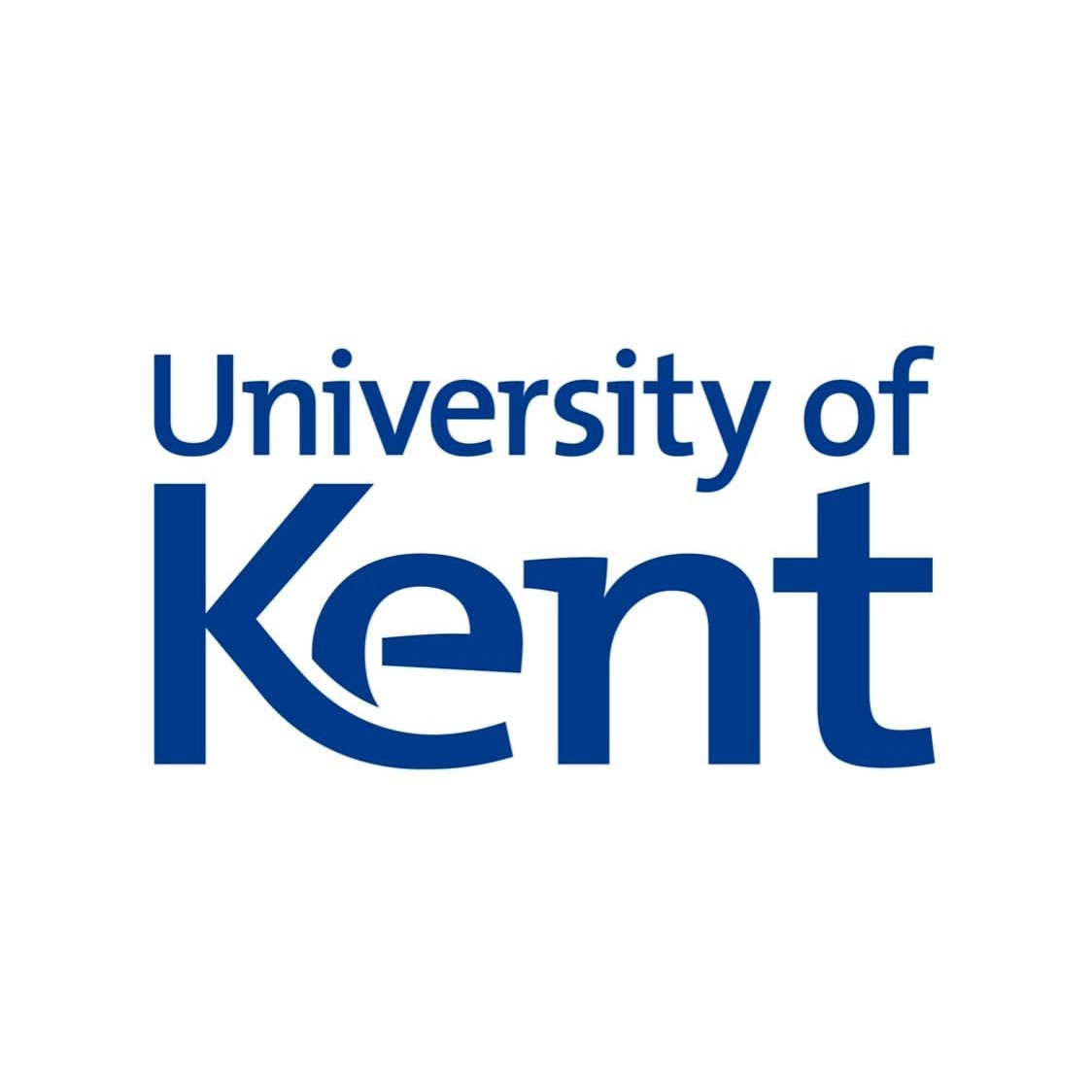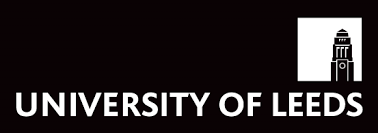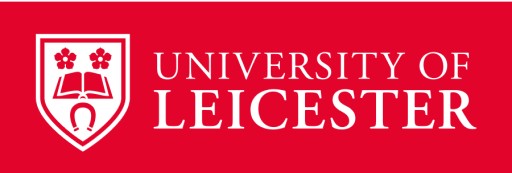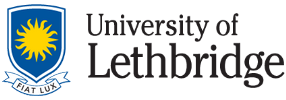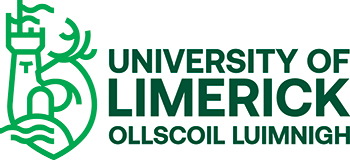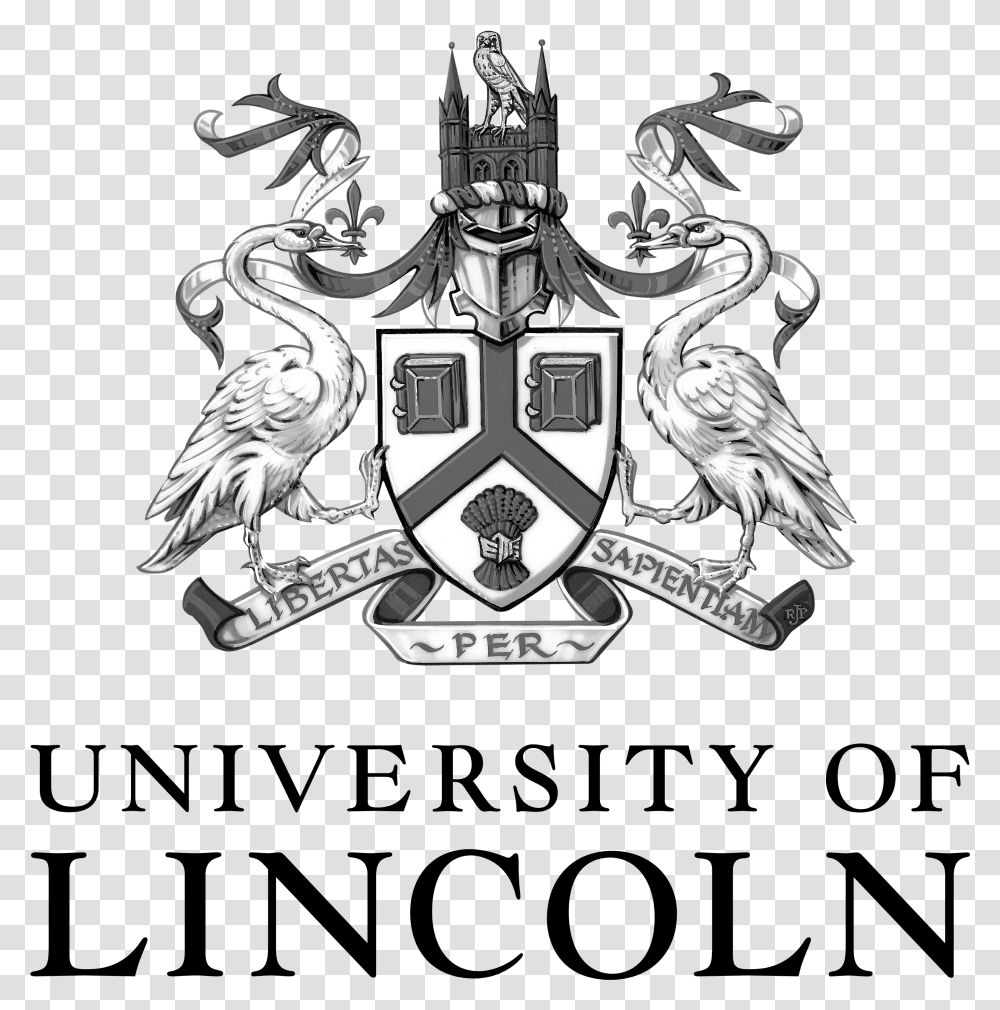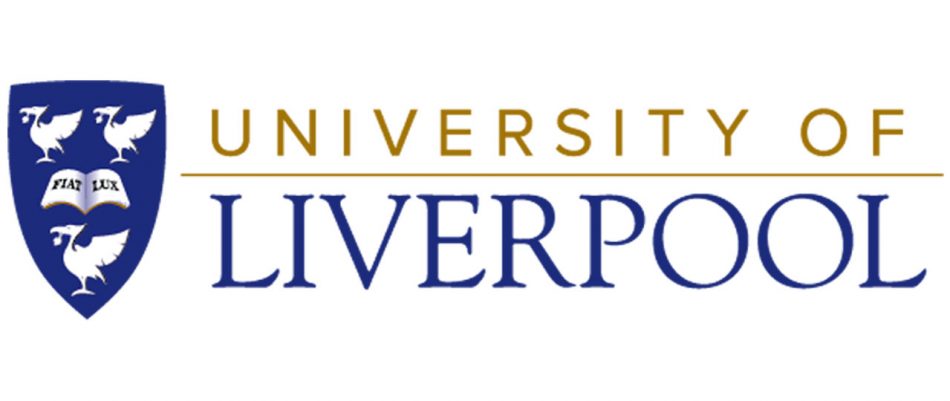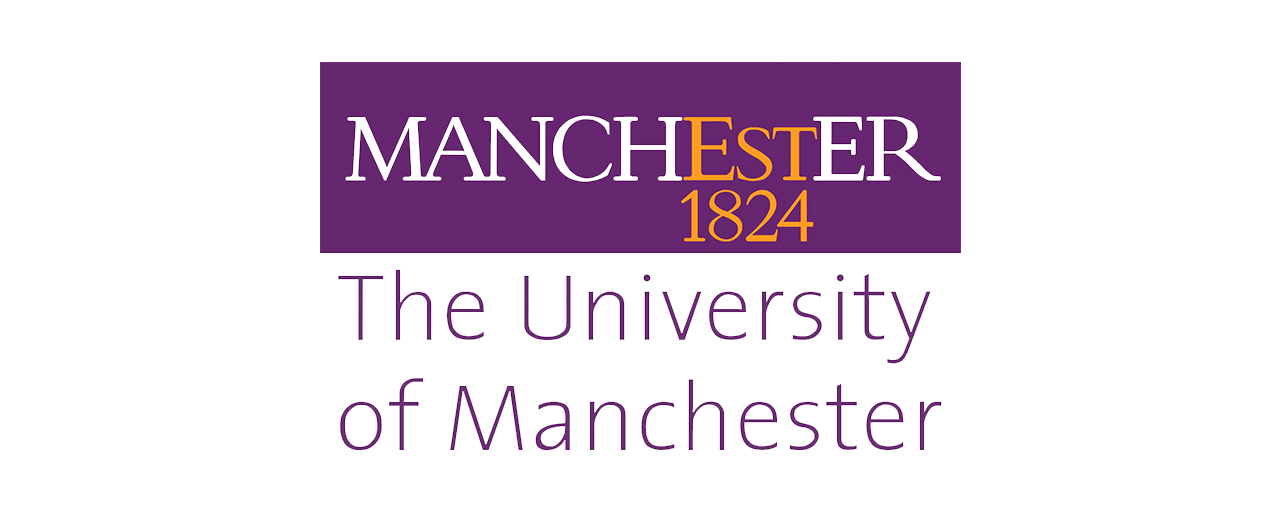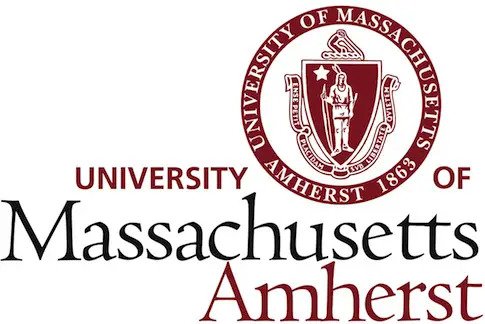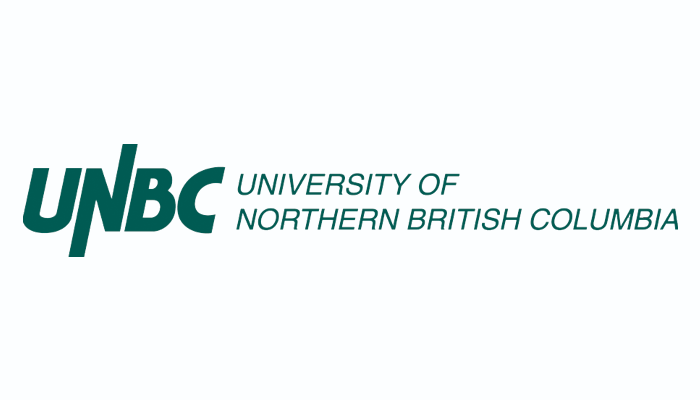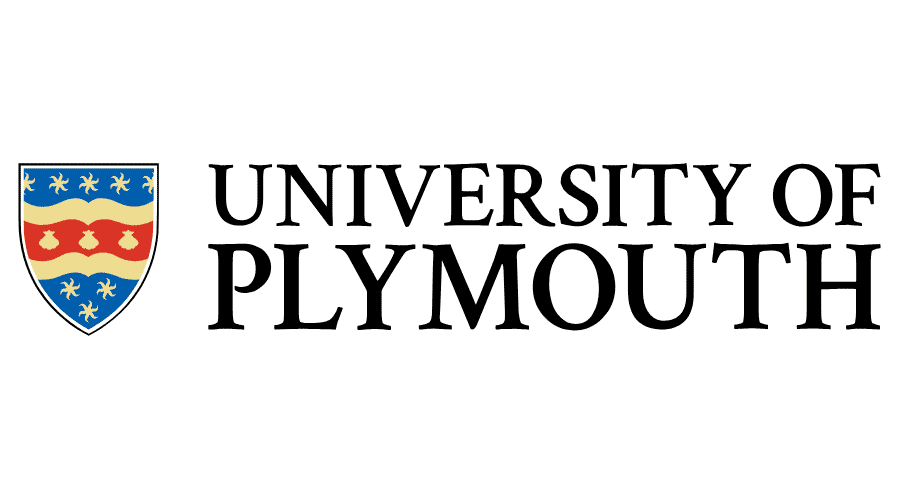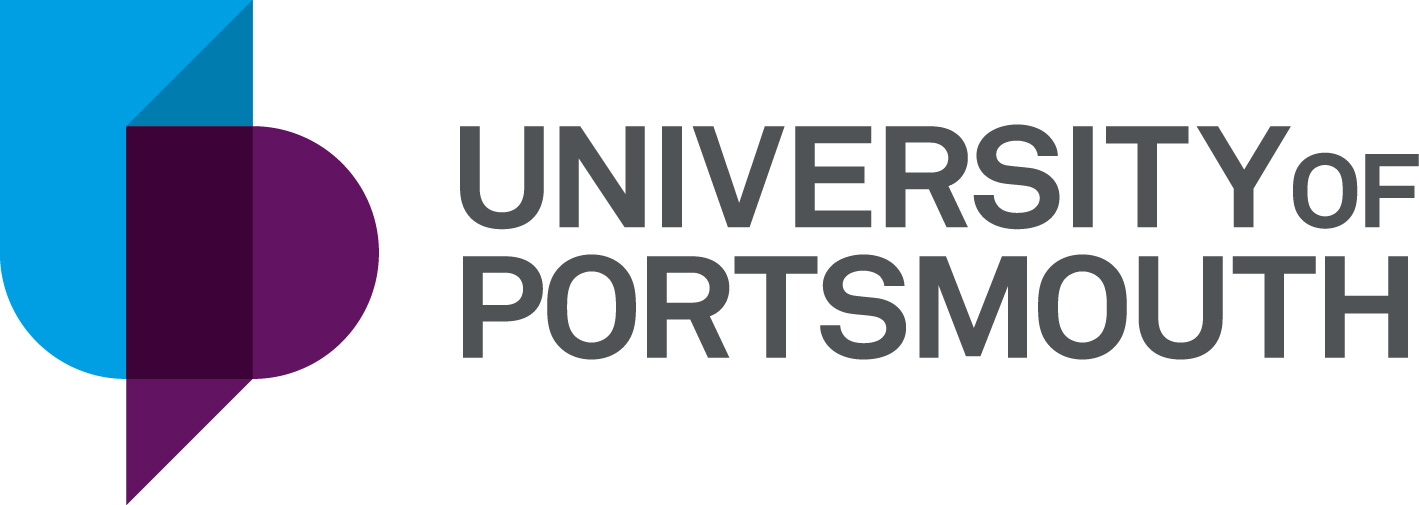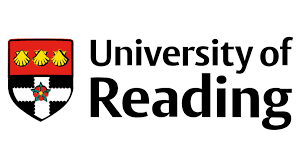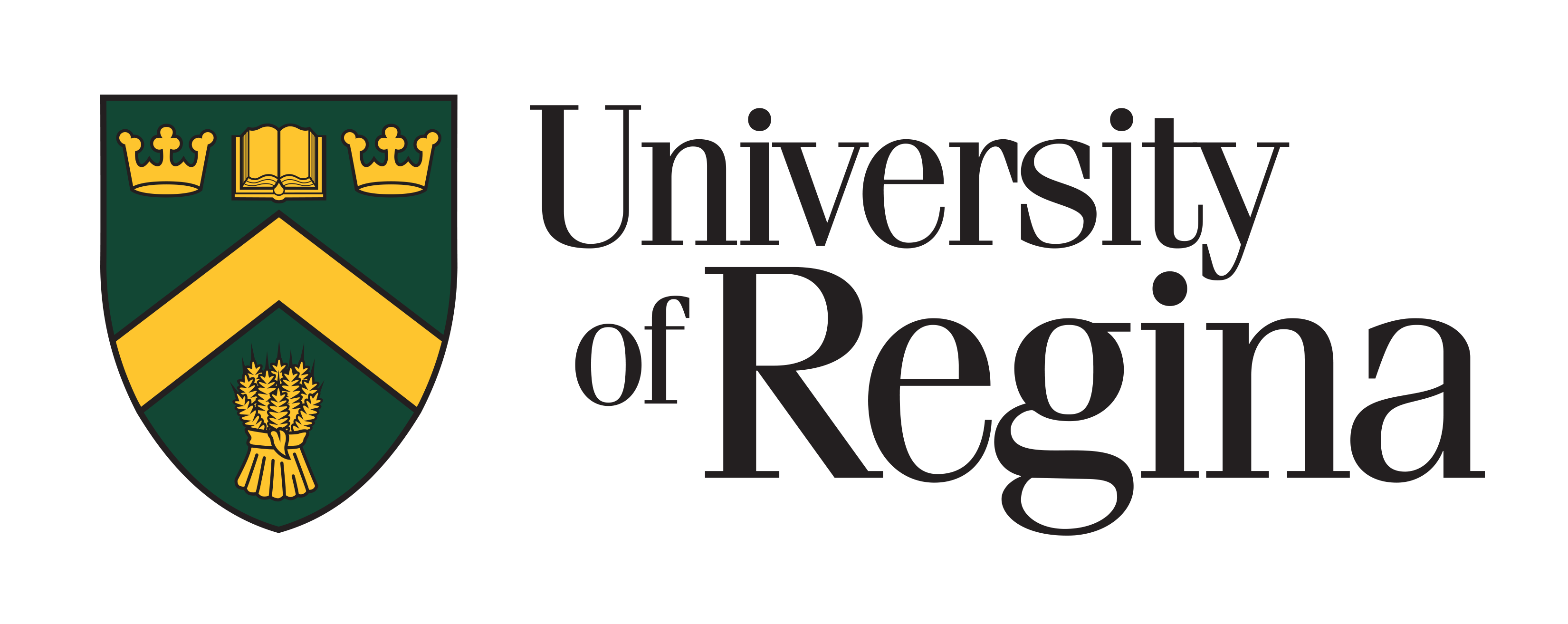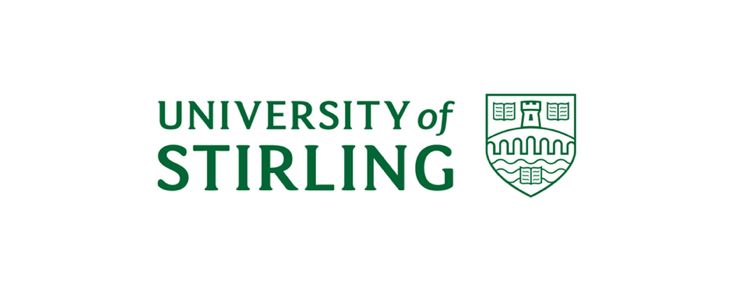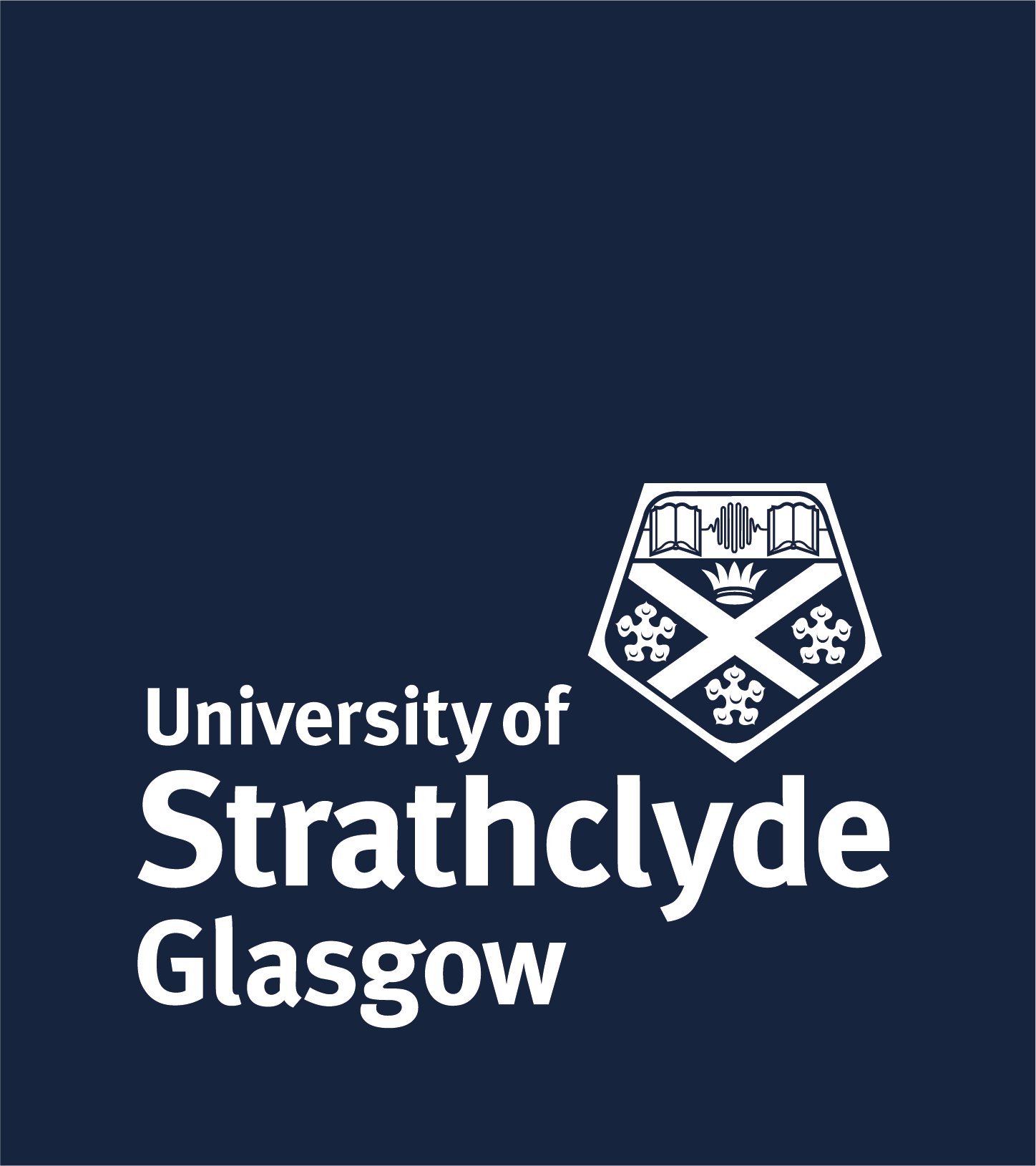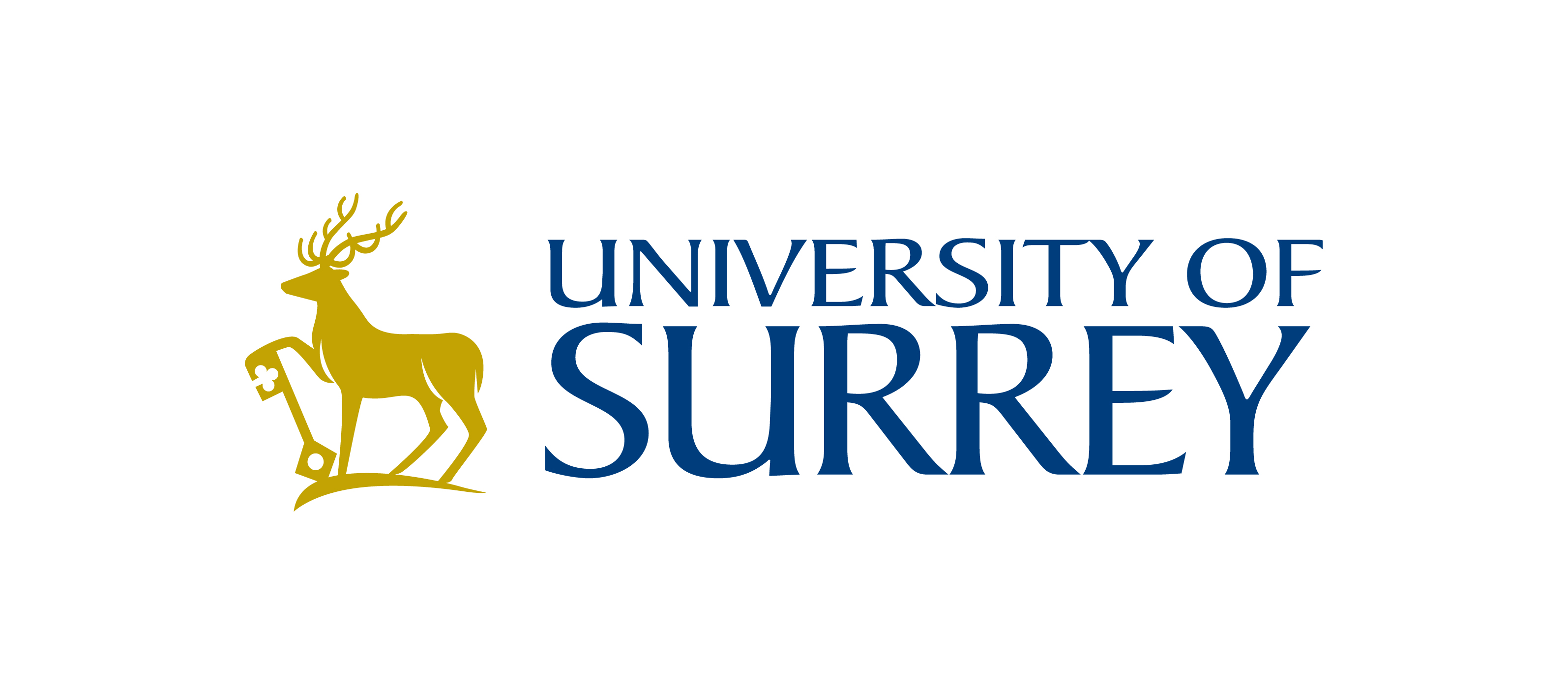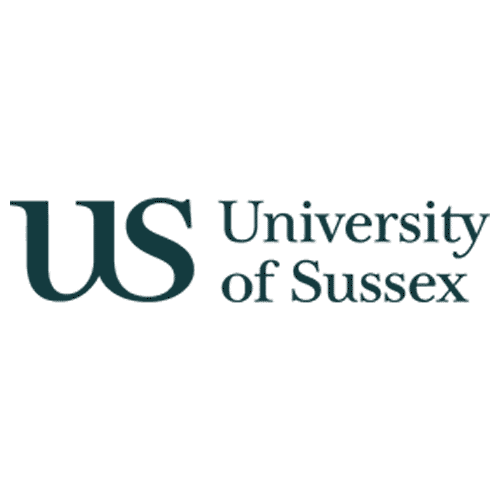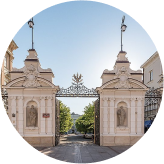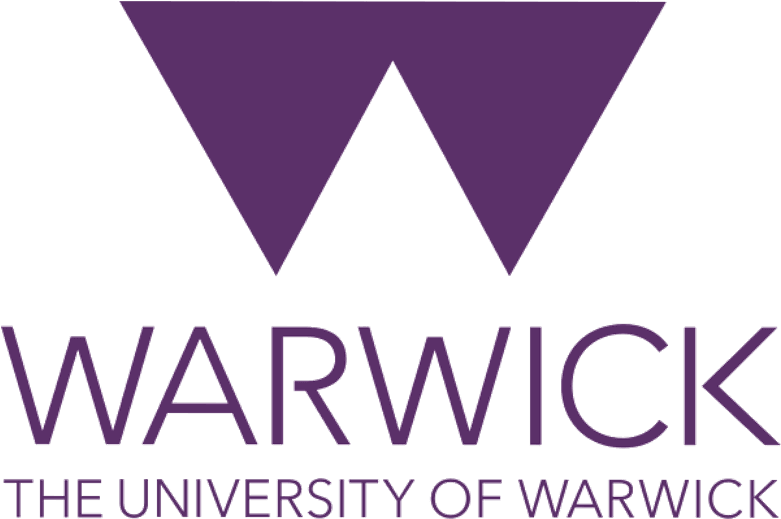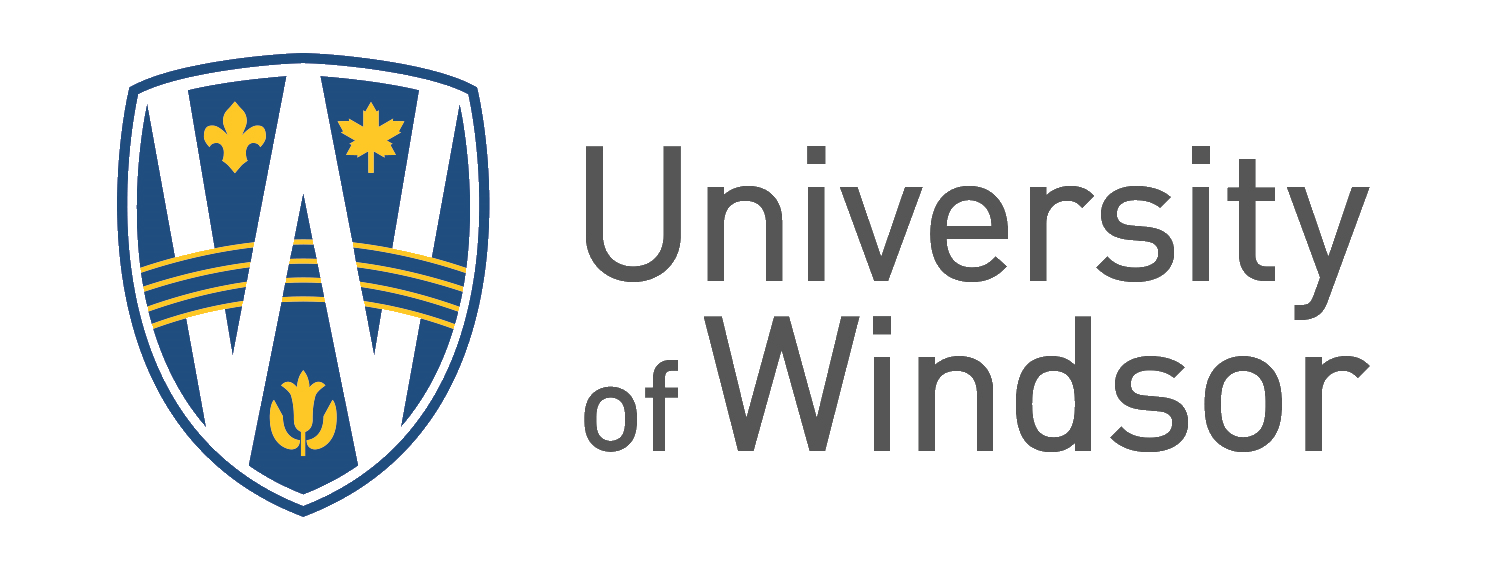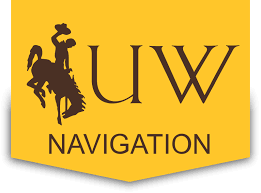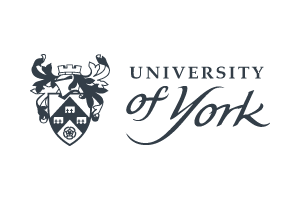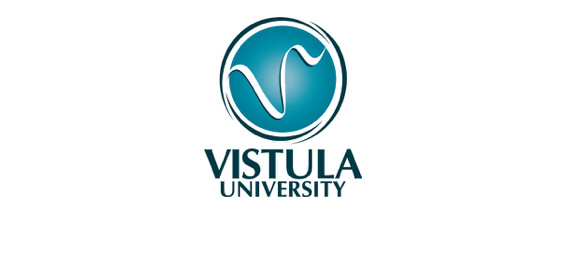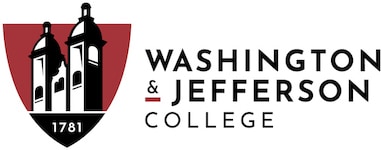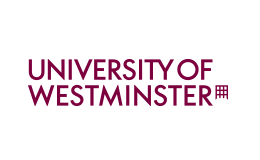Economics: A World of Opportunity for Indian Students Abroad
Embarking on an Economics degree abroad is a transformative journey, offering Indian students a unique blend of global perspectives, rigorous analytical training, and unparalleled career prospects. This comprehensive guide will delve into why studying Economics internationally is an excellent choice, what to expect from such programs, and how it can shape your future.
Why Study Economics Abroad?
The globalized world demands economists with a broad understanding of international markets, diverse policy frameworks, and cross-cultural communication skills. Studying Economics abroad provides precisely this advantage. Here's why it's a compelling option:
- Global Perspective: Gain insights into economic systems, policies, and challenges from a global standpoint. Understand how different countries approach economic development, trade, and financial stability.
- Enhanced Employability: International degrees, particularly in Economics, are highly valued by employers worldwide. They signal adaptability, critical thinking, and a global mindset.
- Diverse Specializations: Universities abroad offer a wider array of specialized Economics programs, from Behavioral Economics and Development Economics to Econometrics and Financial Economics.
- Networking Opportunities: Connect with a diverse cohort of international students and faculty, building a global professional network that can be invaluable for your career.
- Personal Growth: Studying abroad fosters independence, problem-solving skills, and a deeper understanding of different cultures, contributing significantly to personal development.
- Access to Leading Research: Many international universities are at the forefront of economic research, providing students with access to cutting-edge theories and methodologies.
What to Expect from an Economics Program Abroad
Economics programs abroad are typically rigorous, demanding strong analytical and quantitative skills. While specific curricula vary by university and country, here’s a general overview of what you can expect:
Core Modules:
- Microeconomics: Study of individual economic agents, markets, and resource allocation. Topics include consumer behavior, firm production, market structures, and welfare economics.
- Macroeconomics: Focus on aggregate economic phenomena such as inflation, unemployment, economic growth, and national income. Explore monetary and fiscal policies.
- Econometrics: Application of statistical methods to economic data. Learn to analyze economic relationships, test hypotheses, and forecast economic trends.
- Mathematical Economics: Use of mathematical tools (calculus, linear algebra) to model economic theories and solve economic problems.
- Statistics for Economists: Develop a strong foundation in statistical inference, probability, and data analysis crucial for economic research.
Elective Modules and Specializations:
Beyond the core, you'll often have the opportunity to specialize in areas that align with your interests and career goals. Popular specializations include:
- Development Economics
- Financial Economics
- Behavioral Economics
- International Economics
- Public Economics
- Environmental Economics
- Labor Economics
- Game Theory
- Industrial Organization
Teaching and Assessment:
Teaching methods often include a blend of lectures, seminars, tutorials, and practical workshops. Assessment typically involves a combination of:
- Exams (mid-term and end-of-term)
- Essays and research papers
- Problem sets and assignments
- Presentations
- Group projects
- Dissertation or thesis (for master's and PhD programs)
Top Destinations for Studying Economics
Several countries are renowned for their exceptional Economics programs. Here's a brief look at some popular choices:
| Country | Highlights for Economics |
|---|---|
| United States | Home to many top-ranked universities with strong research focus, diverse specializations, and excellent funding opportunities for graduate studies. |
| United Kingdom | Known for its prestigious institutions, rigorous academic traditions, and strong links to financial centers. Offers both theoretical and applied economics programs. |
| Canada | Offers high-quality education at a comparatively affordable cost. Strong emphasis on research and practical application, with welcoming immigration policies. |
| Australia | Excellent universities with a focus on Asia-Pacific economies, strong research output, and a vibrant multicultural environment. |
| Europe (e.g., Netherlands, Germany, Sweden) | Many European countries offer English-taught programs with innovative curricula, strong quantitative focus, and often lower tuition fees. |
Career Opportunities for Economics Graduates
An Economics degree opens doors to a vast array of career paths across various sectors. The analytical, problem-solving, and quantitative skills acquired are highly sought after by employers.
Popular Career Paths:
- Financial Analyst: Work in investment banking, asset management, private equity, or corporate finance, analyzing market trends and advising on financial decisions.
- Economic Consultant: Provide expert analysis and advice to businesses, governments, and non-profits on economic issues, market strategies, and policy implications.
- Data Scientist/Analyst: Leverage statistical and econometric skills to analyze large datasets, identify patterns, and inform business or policy decisions.
- Policy Analyst: Work with government agencies, think tanks, or international organizations to research, evaluate, and formulate economic policies.
- Researcher/Academic: Pursue advanced degrees (Master's, PhD) and contribute to economic theory and research in universities or research institutions.
- Market Research Analyst: Study market conditions, consumer behavior, and competitive landscapes to help businesses make informed decisions.
- Actuary: Assess and manage financial risks, particularly in the insurance and pension industries.
- Journalist/Economic Writer: Communicate complex economic concepts to a broader audience.
Skills Gained:
Studying Economics abroad equips you with a powerful toolkit of transferable skills:
- Critical Thinking and Problem-Solving: Analyze complex economic issues and develop logical solutions.
- Quantitative Analysis: Proficiency in statistics, econometrics, and data interpretation.
- Research Skills: Ability to conduct independent research, gather data, and synthesize information.
- Communication: Clearly articulate complex economic ideas, both verbally and in writing.
- Data Visualization: Present economic data and findings effectively.
- Global Awareness: Understand international economic dynamics and their impact.
Application Process and Requirements
While requirements vary, here's a general outline for Indian students applying to Economics programs abroad:
Undergraduate (Bachelor's) Programs:
- Academic Transcripts: Strong performance in Class 10 and 12, especially in subjects like Mathematics and Economics.
- Standardized Tests: SAT or ACT scores are often required for US universities. Some UK and European universities may also consider them.
- English Language Proficiency: IELTS or TOEFL scores are mandatory for non-native English speakers.
- Letters of Recommendation (LORs): Typically 1-2 letters from teachers who can attest to your academic abilities.
- Statement of Purpose (SOP)/Personal Essay: A compelling essay outlining your motivations for studying Economics, your career aspirations, and why you are a good fit for the program.
- Resume/CV: Highlight academic achievements, extracurricular activities, and any relevant work experience.
Postgraduate (Master's/PhD) Programs:
- Academic Transcripts: A strong undergraduate degree in Economics or a related quantitative field.
- GRE Scores: Often required for Master's and PhD programs, particularly in the US. Some programs may waive it for exceptional candidates.
- English Language Proficiency: IELTS or TOEFL scores.
- Letters of Recommendation (LORs): 2-3 letters, preferably from professors who know your academic and research capabilities.
- Statement of Purpose (SOP): A detailed essay explaining your research interests, academic background, and career goals.
- Research Proposal (for PhD): A concise outline of your proposed research topic and methodology.
- Resume/CV: Emphasize academic background, research experience, publications, and relevant work history.
Funding Your Economics Education Abroad
Financing an international education can be a significant concern. Here are some avenues to explore:
- Scholarships and Bursaries: Many universities offer merit-based or need-based scholarships specifically for international students. Government scholarships (e.g., Commonwealth Scholarships) and private organizations also provide funding.
- Student Loans: Education loans are available from banks in India and some international lenders.
- Teaching Assistantships (TAs) / Research Assistantships (RAs): Particularly for postgraduate students, these roles can provide a stipend and tuition fee waivers in exchange for teaching or research support.
- Part-time Work: Most countries allow international students to work part-time during their studies, which can help cover living expenses.
Studying Economics abroad is an investment in your future, offering a globally recognized degree, a rich learning experience, and a pathway to a rewarding career. With careful planning and preparation, you can unlock a world of opportunities in the dynamic field of Economics.

